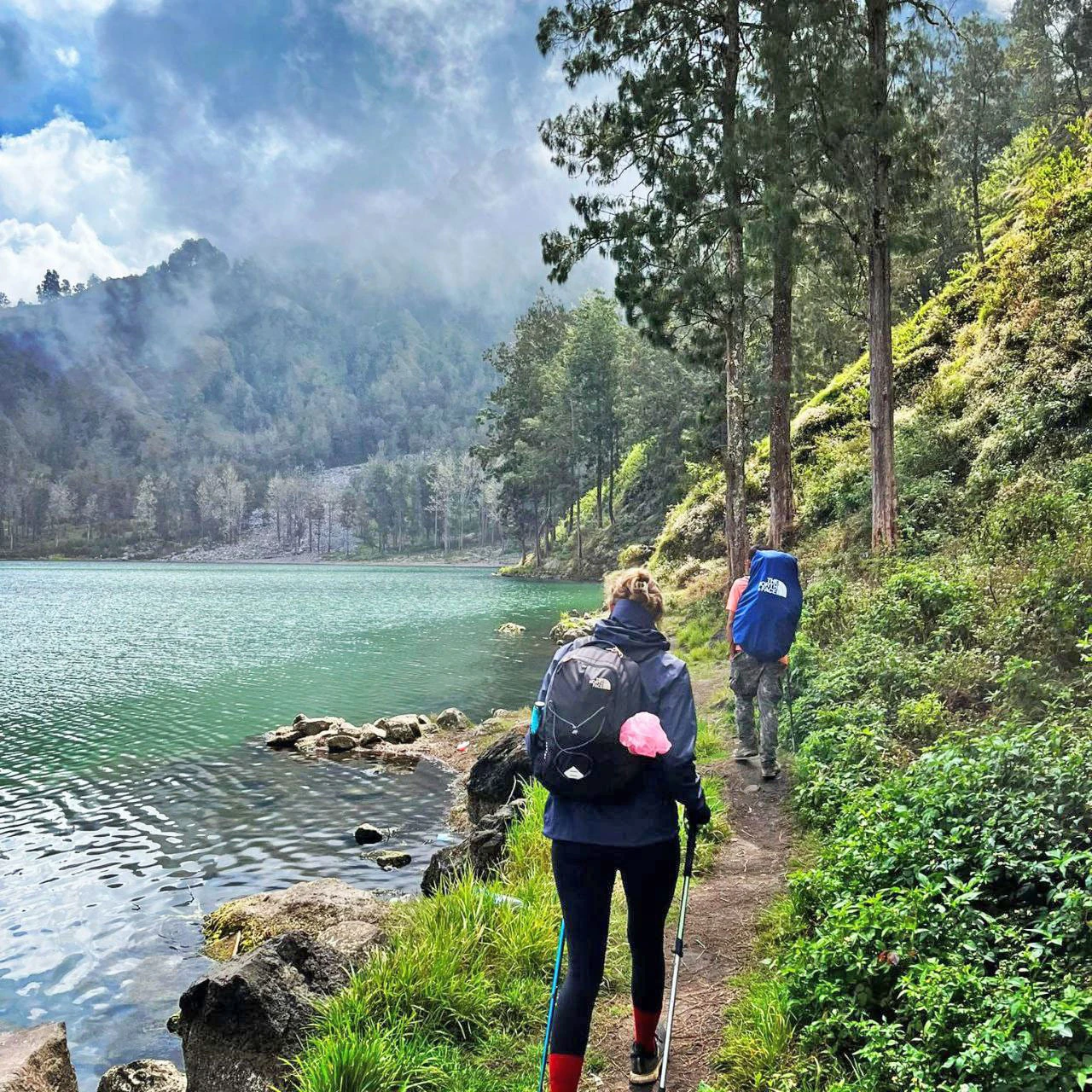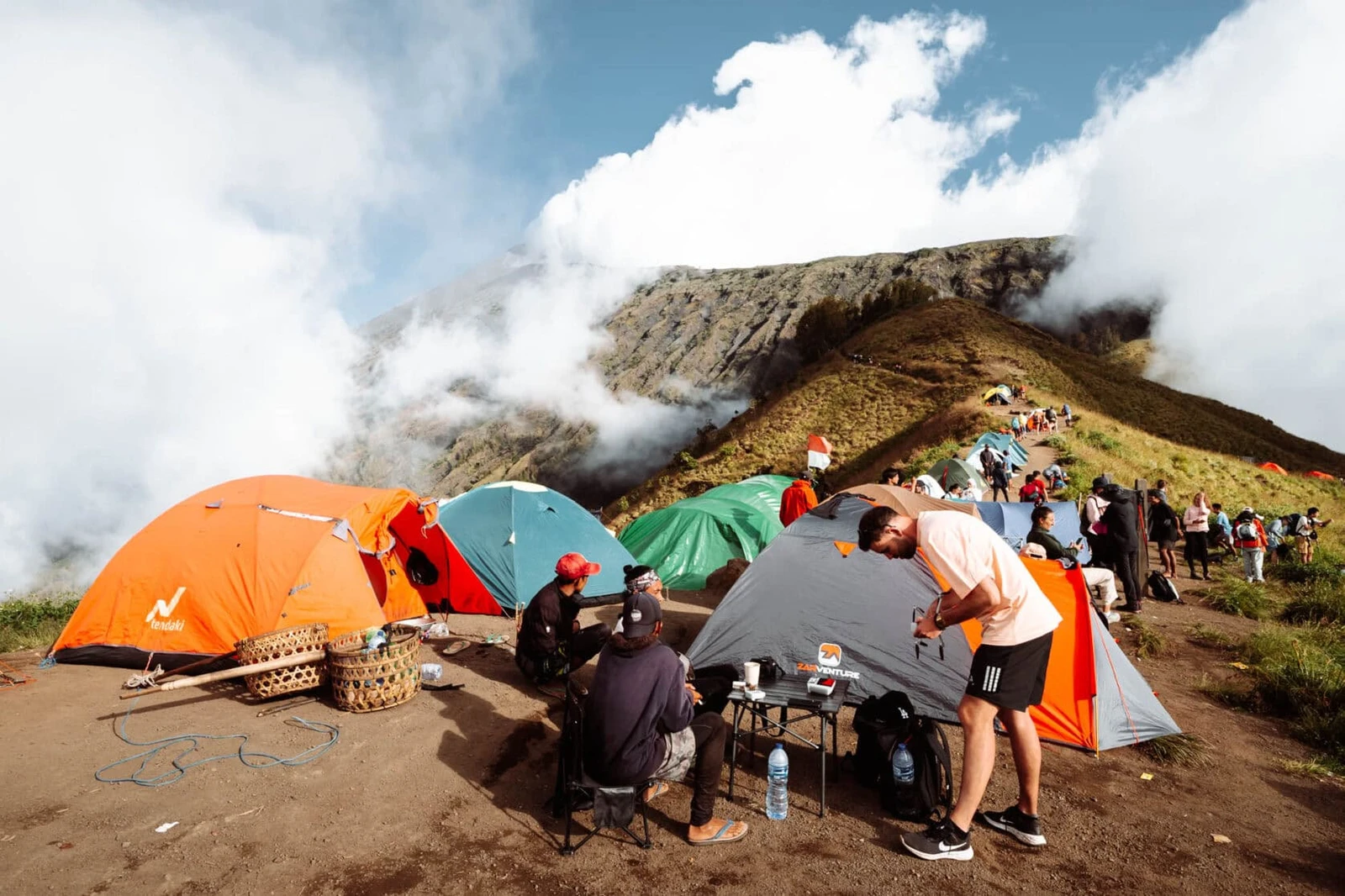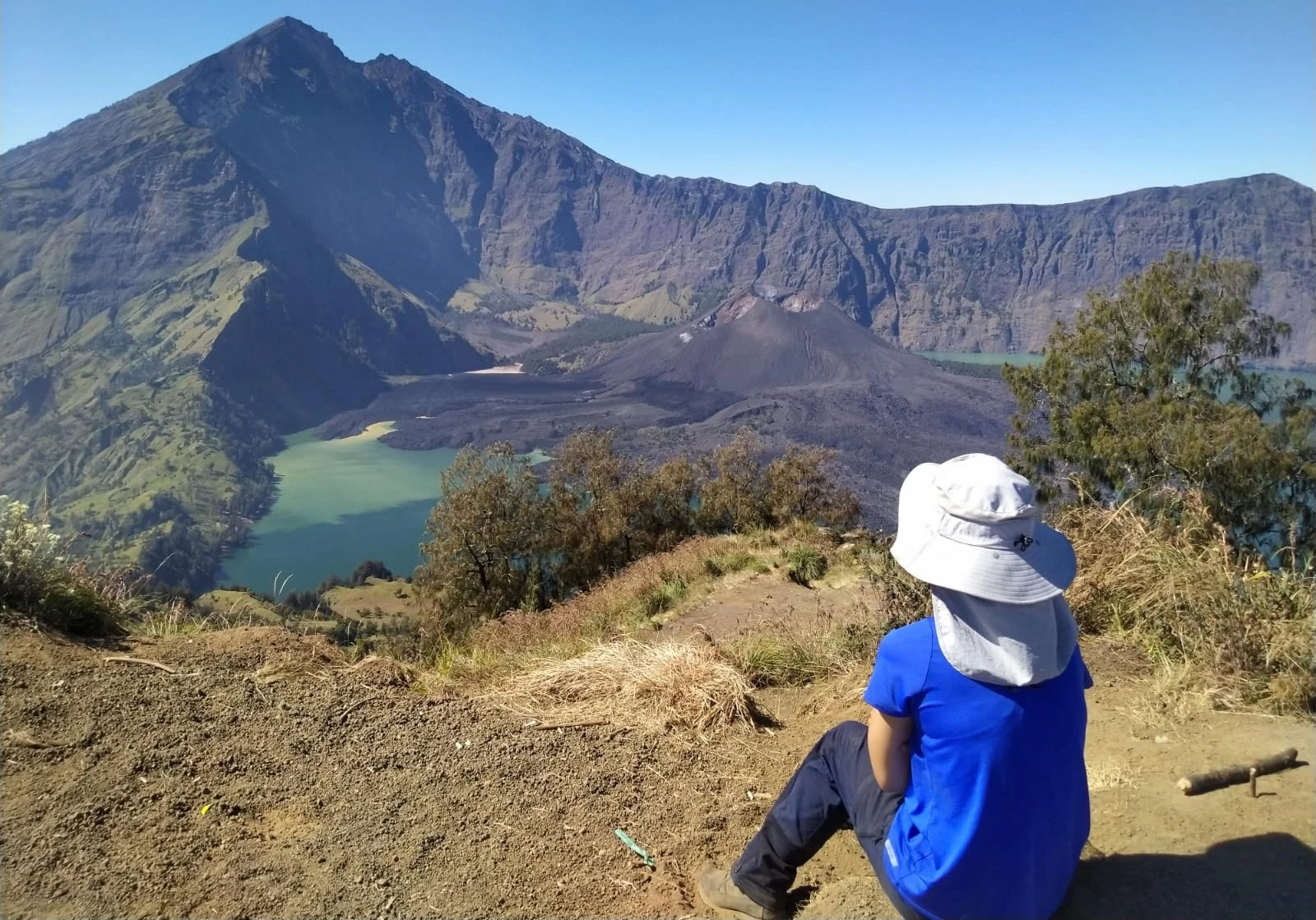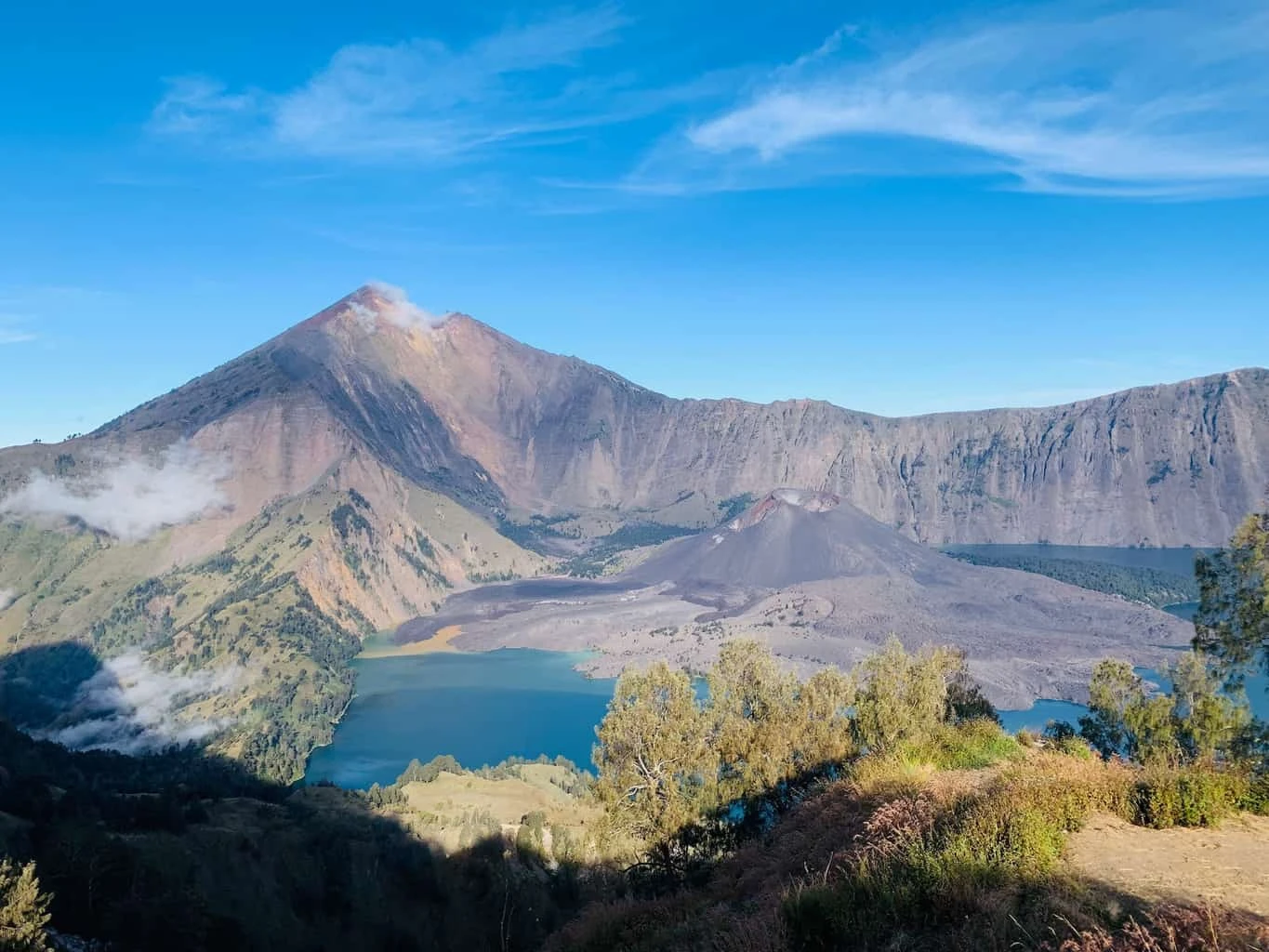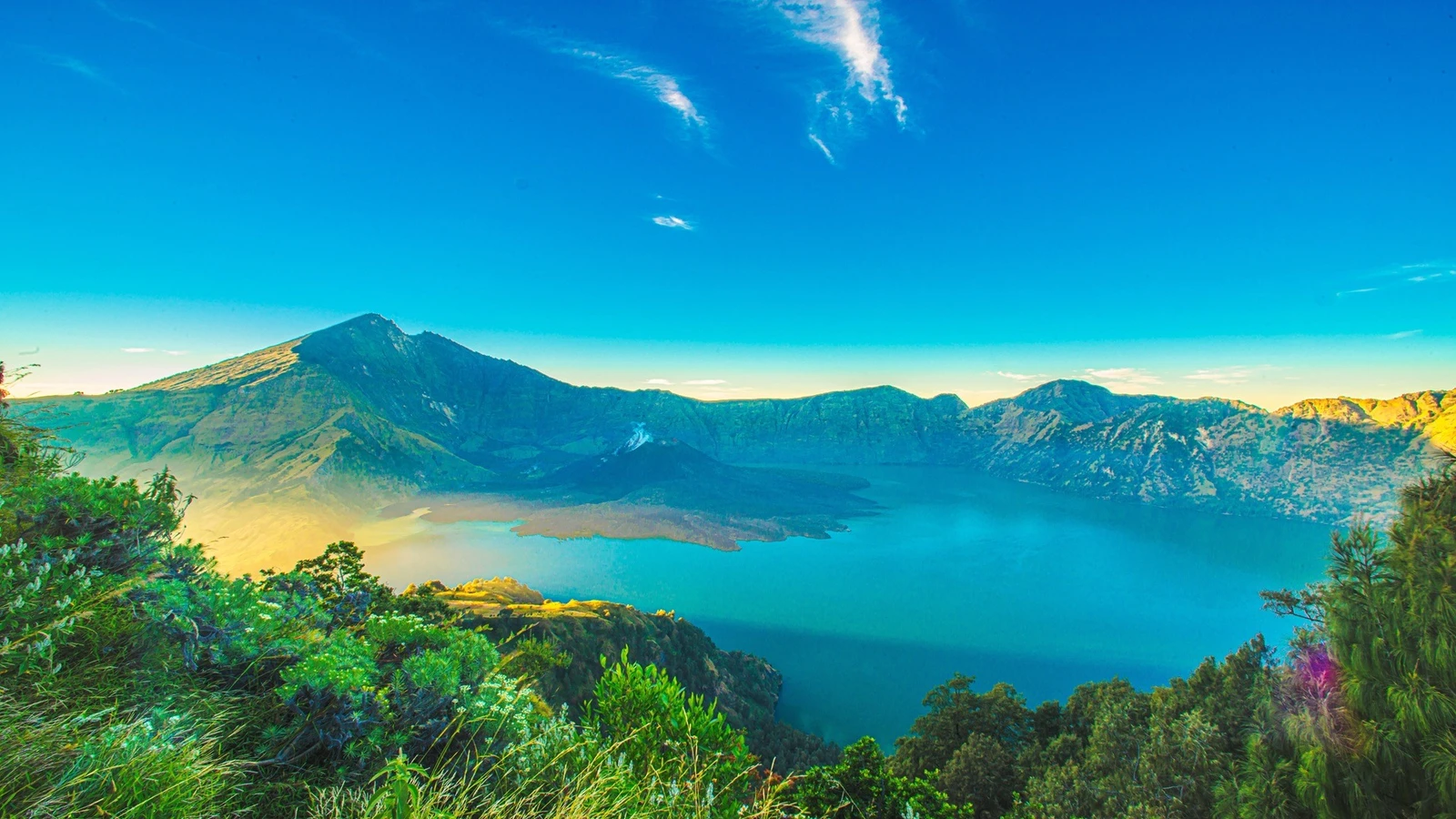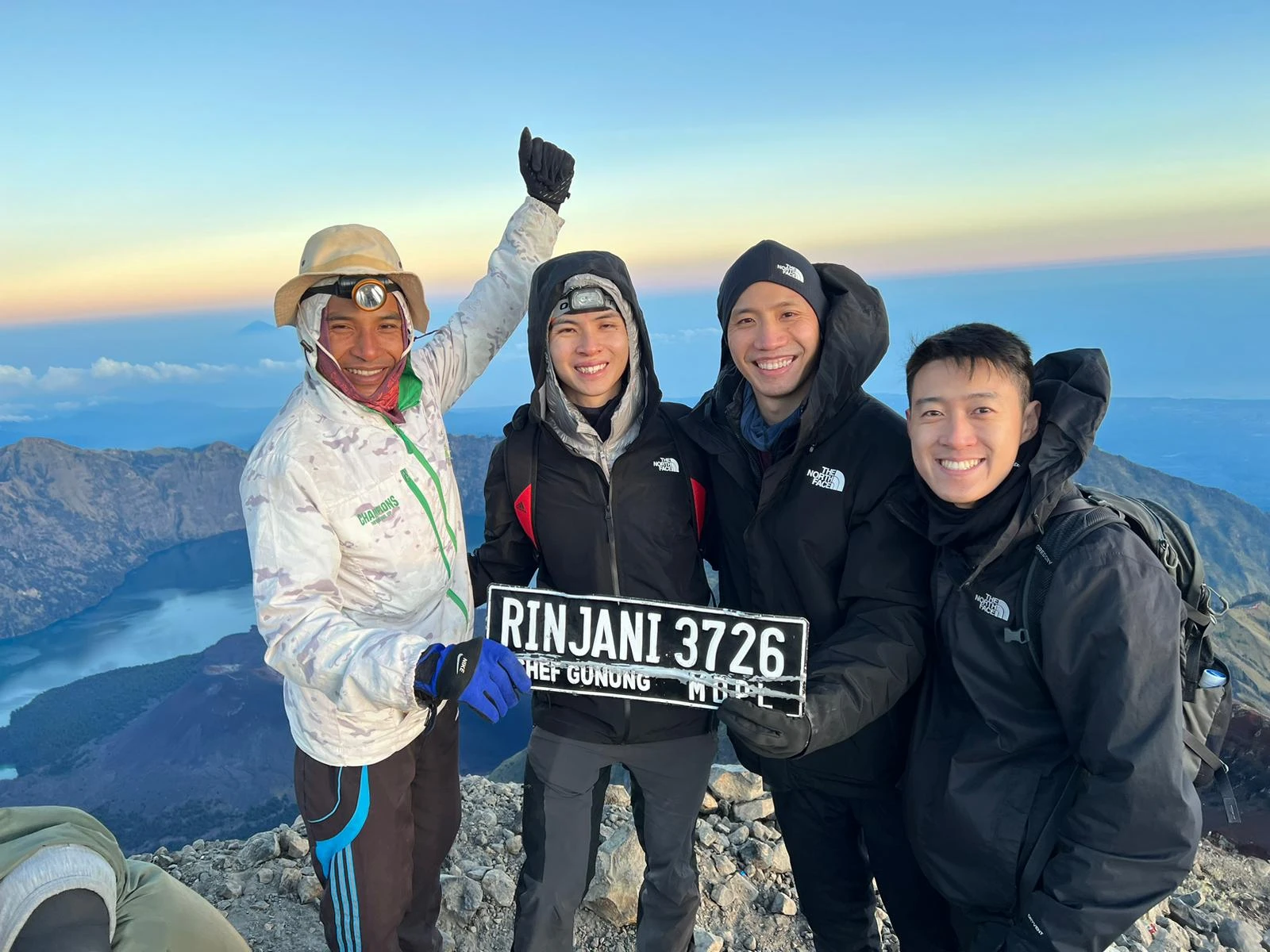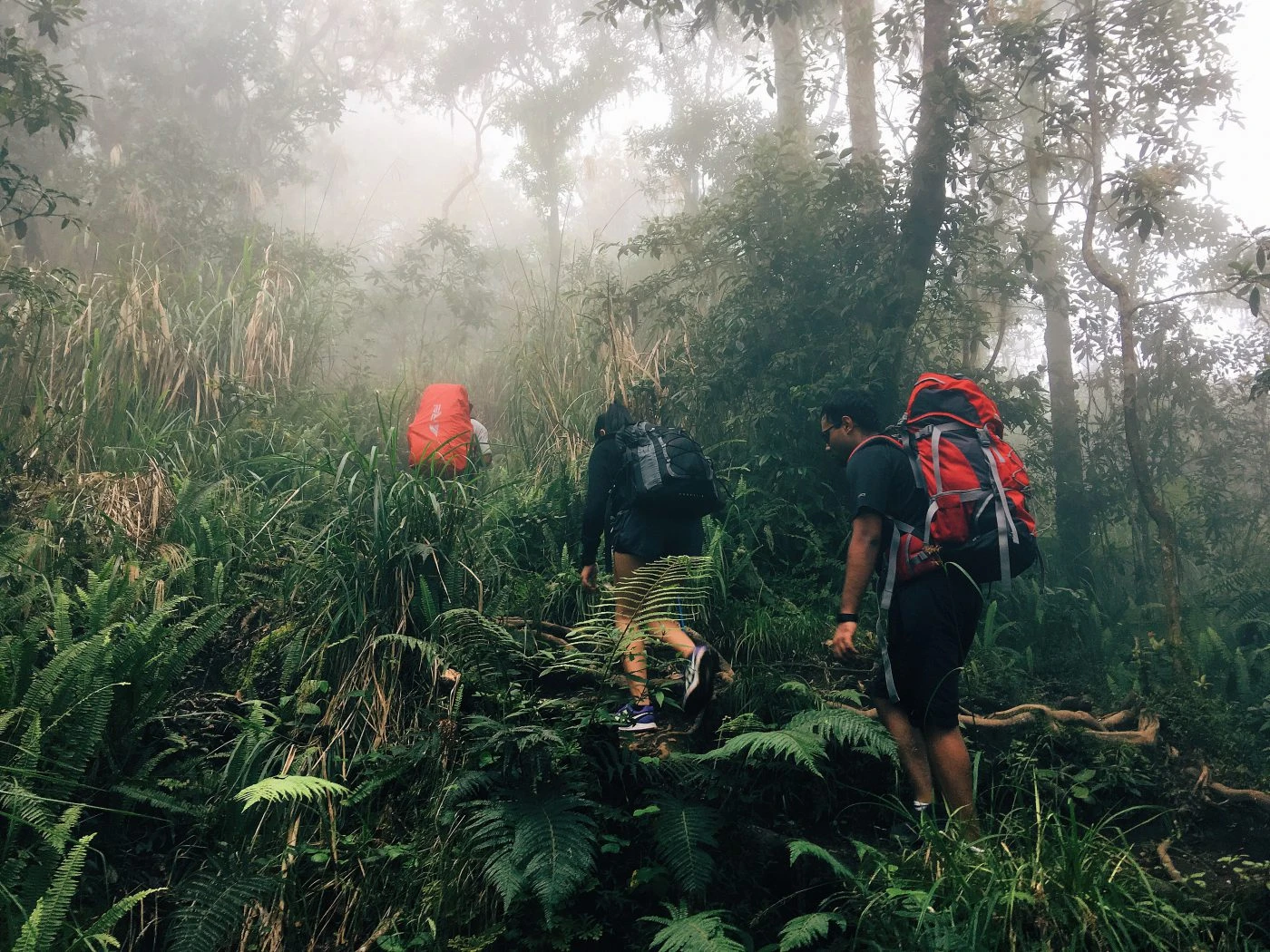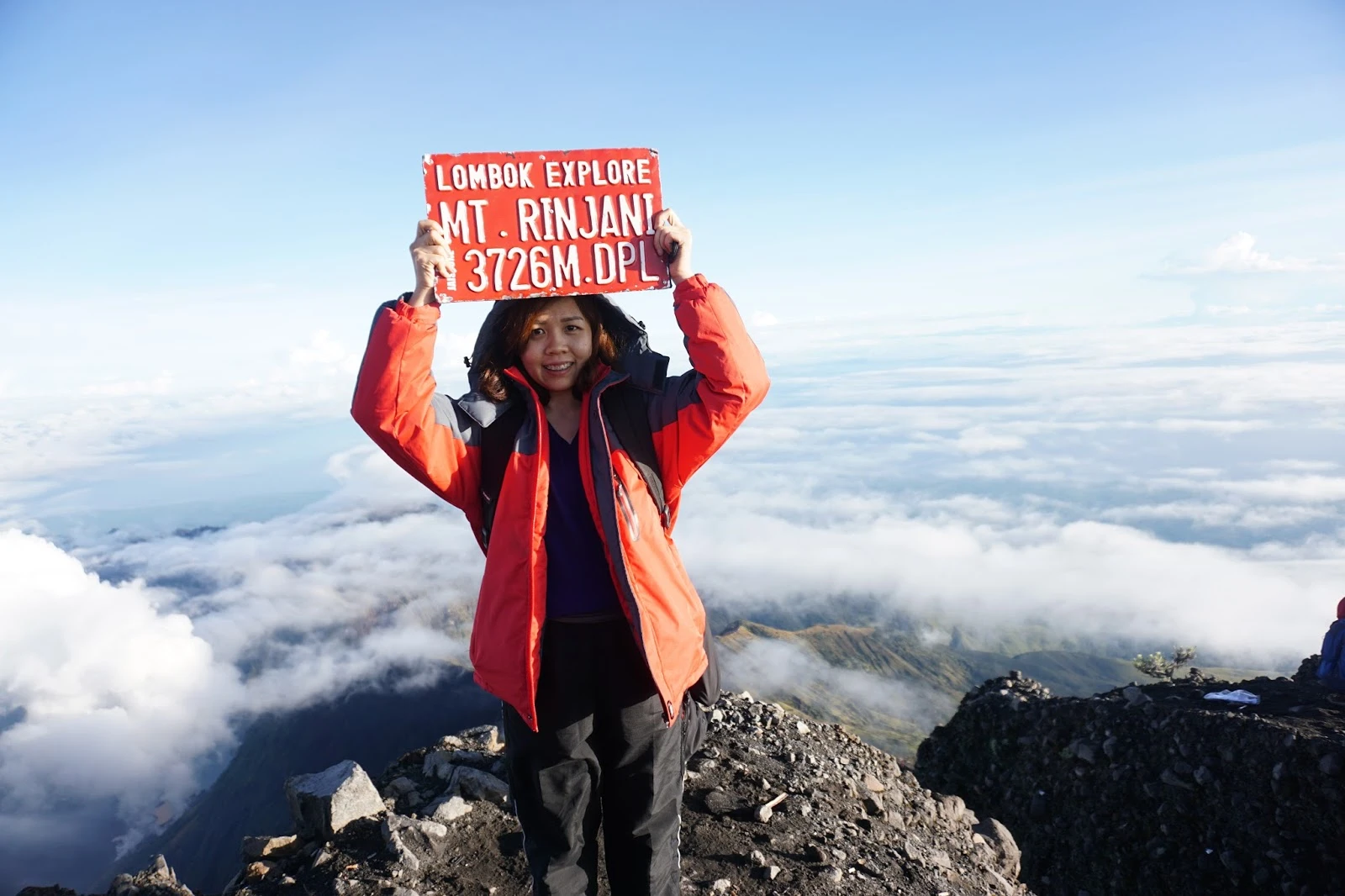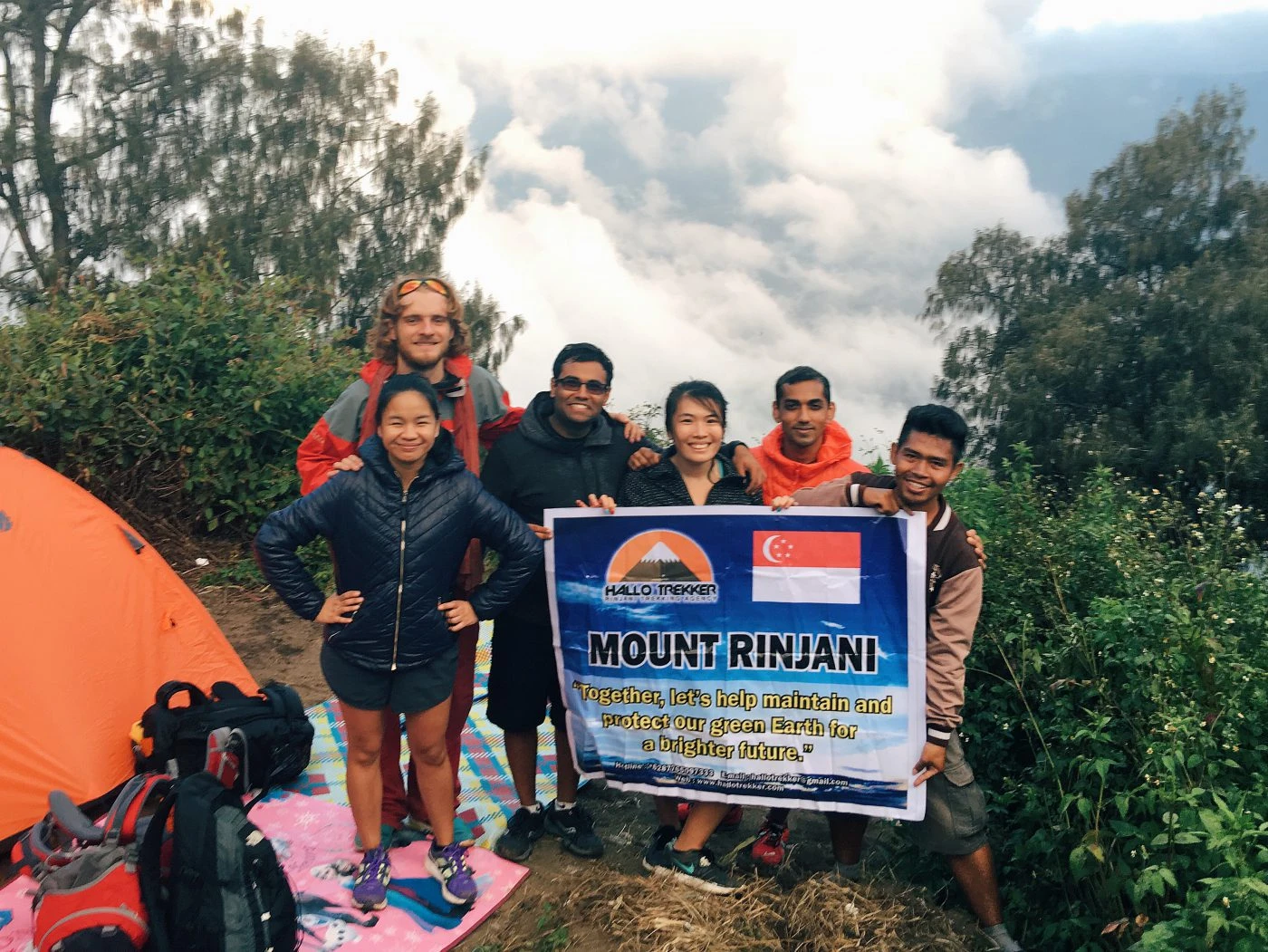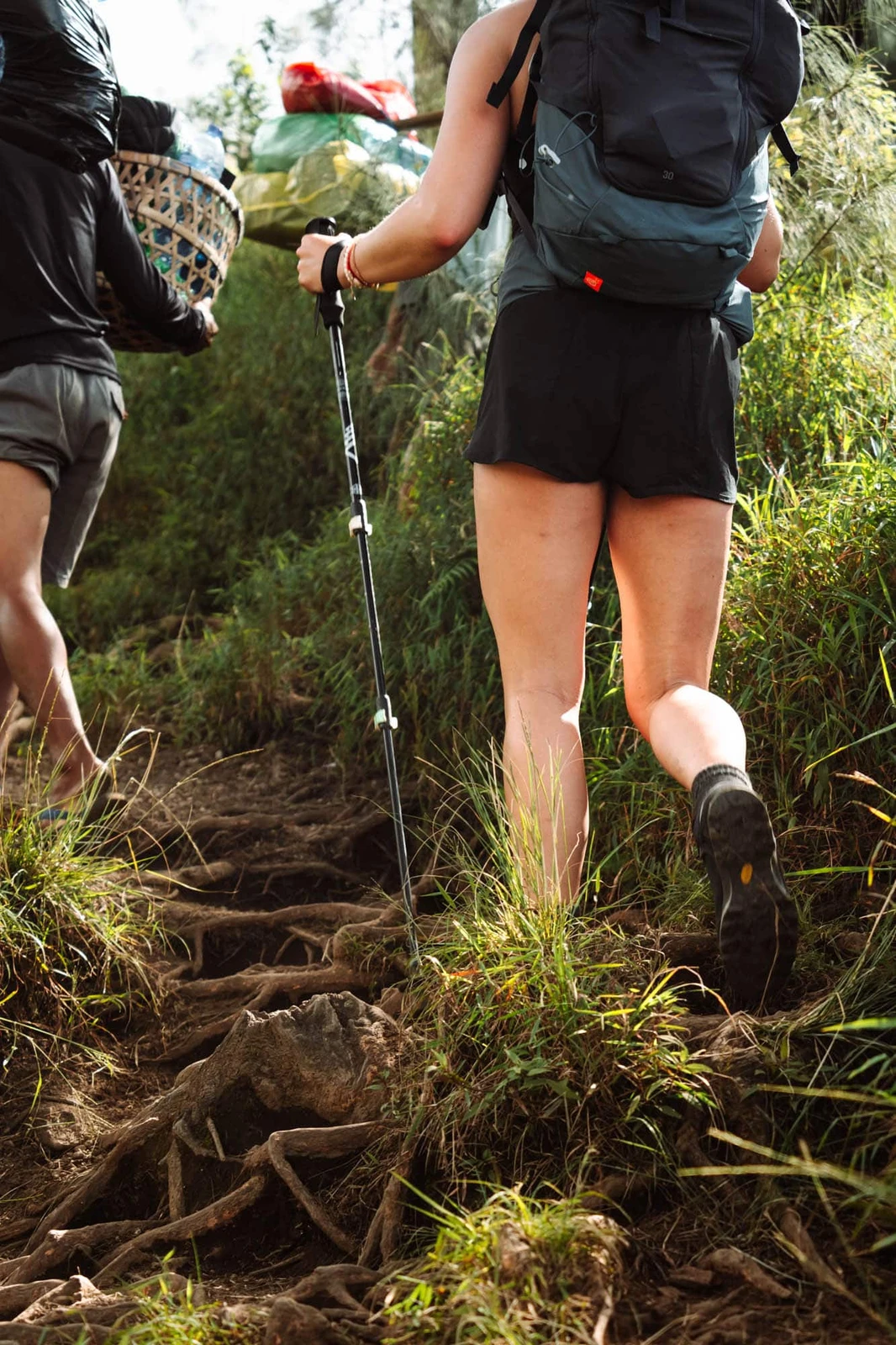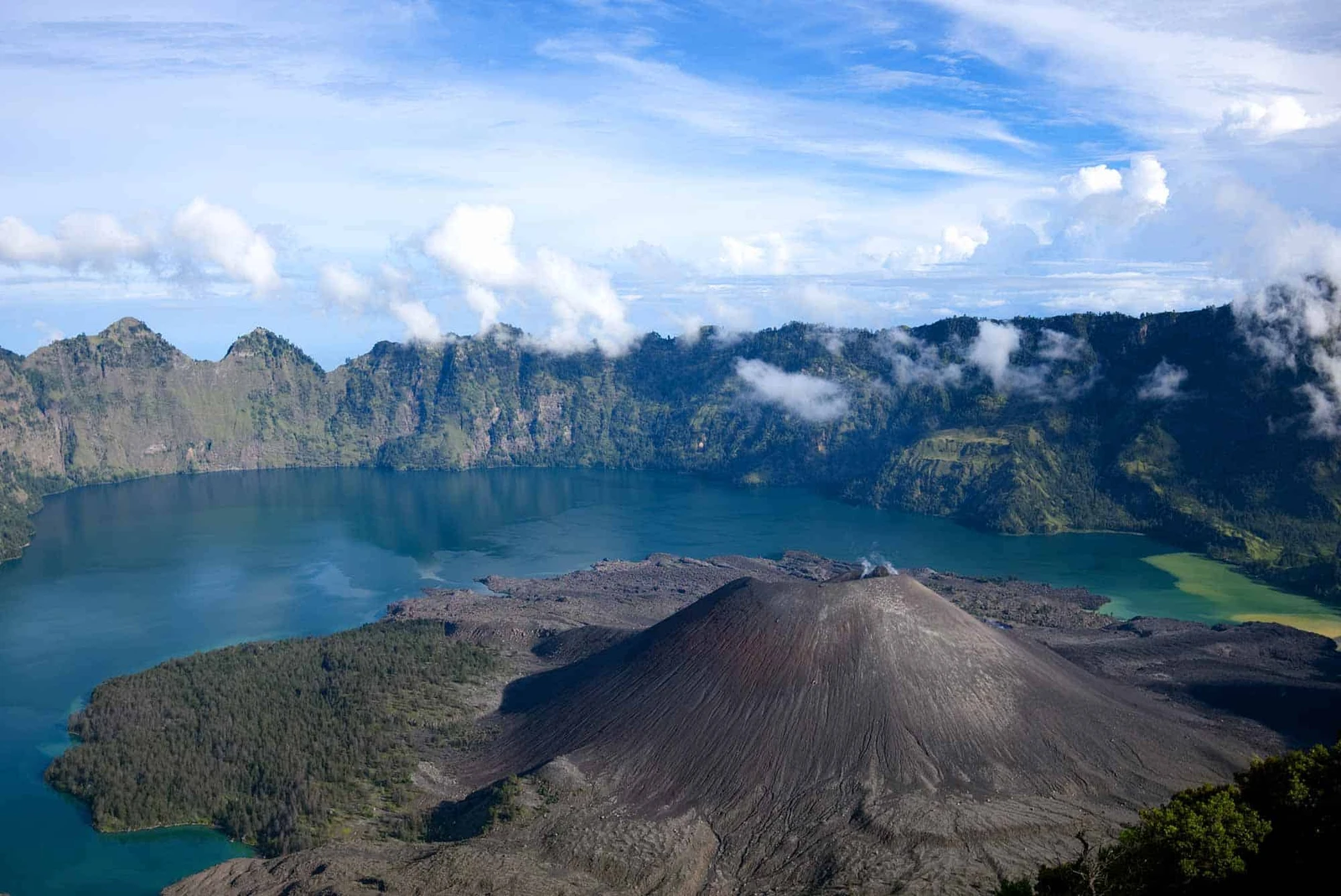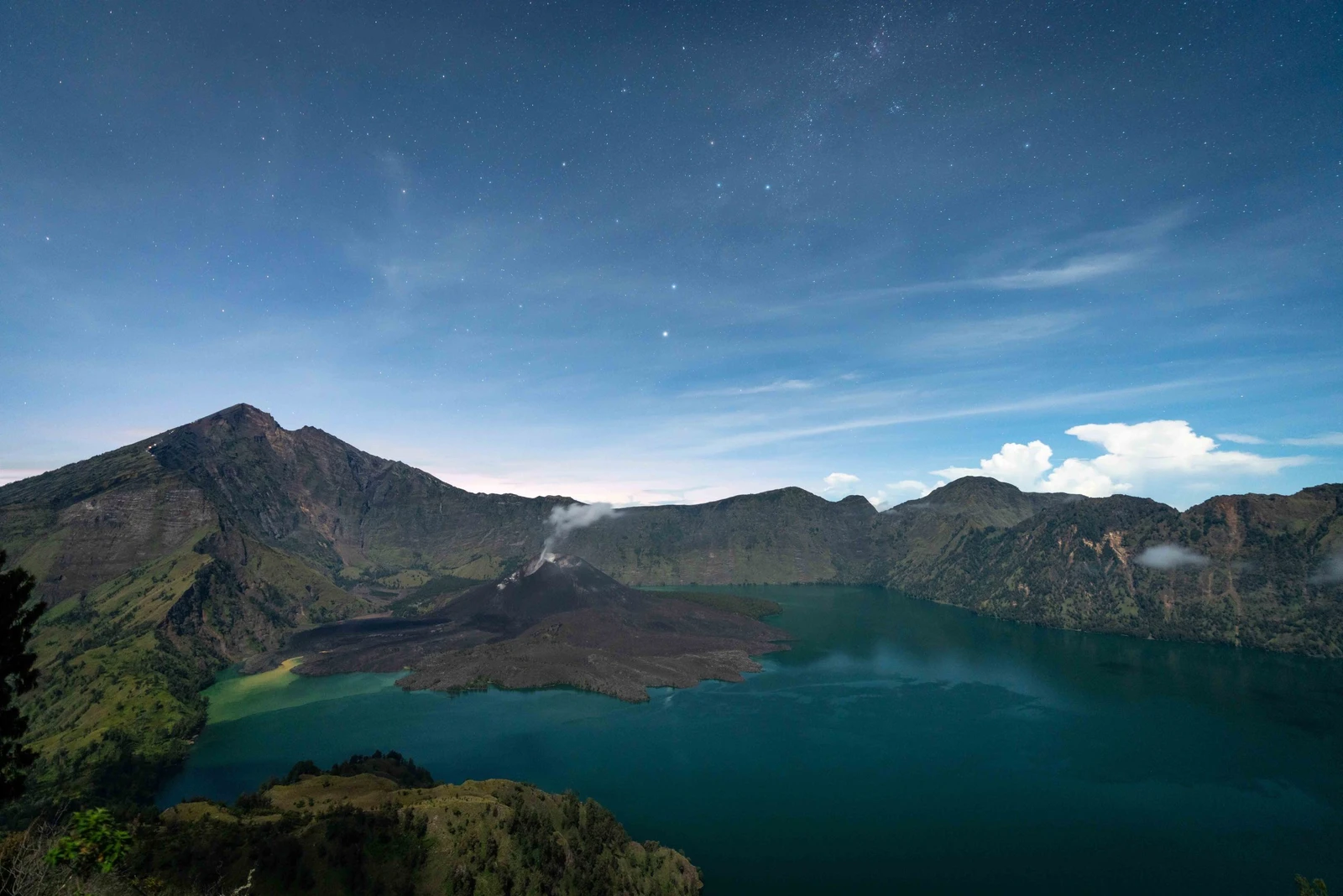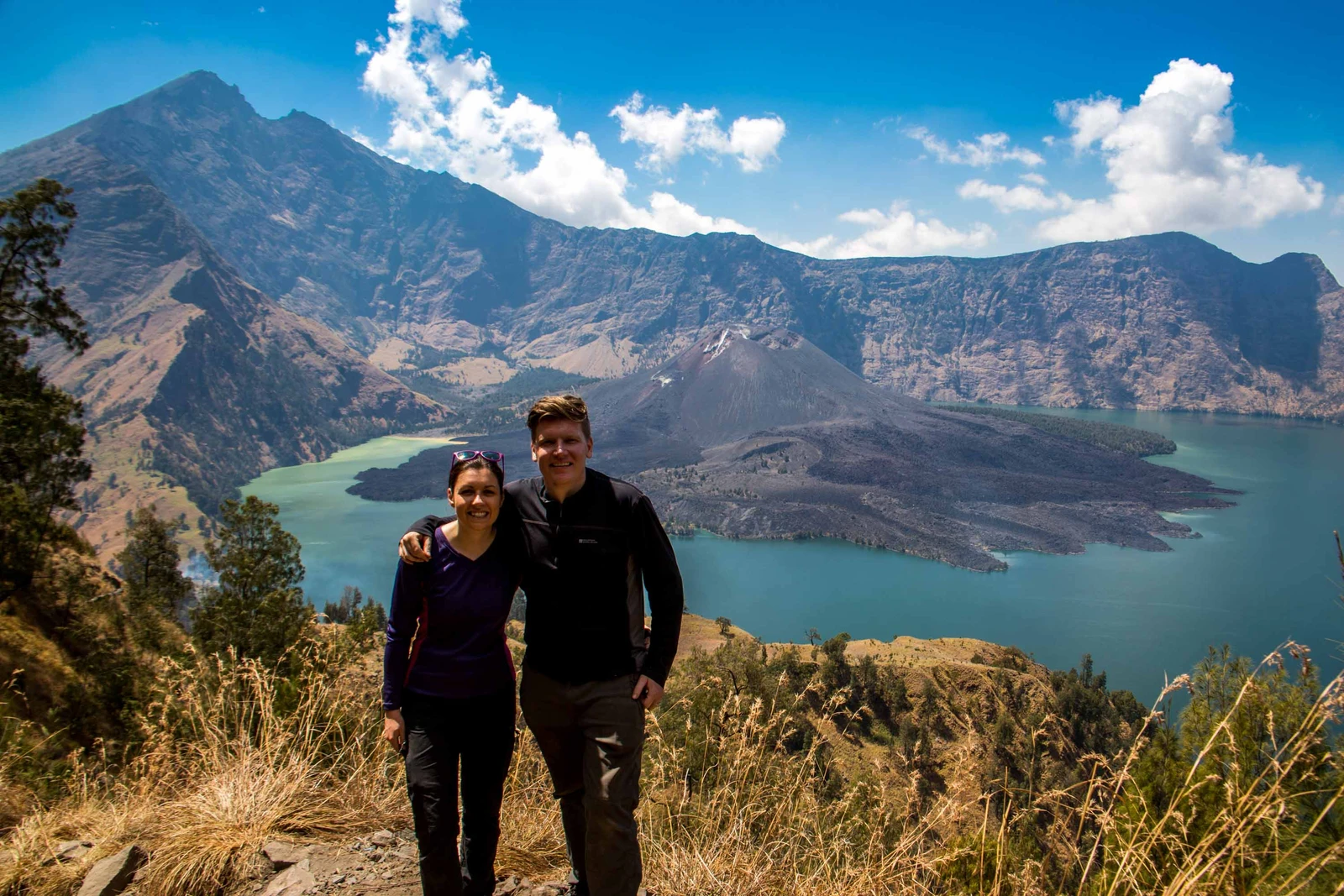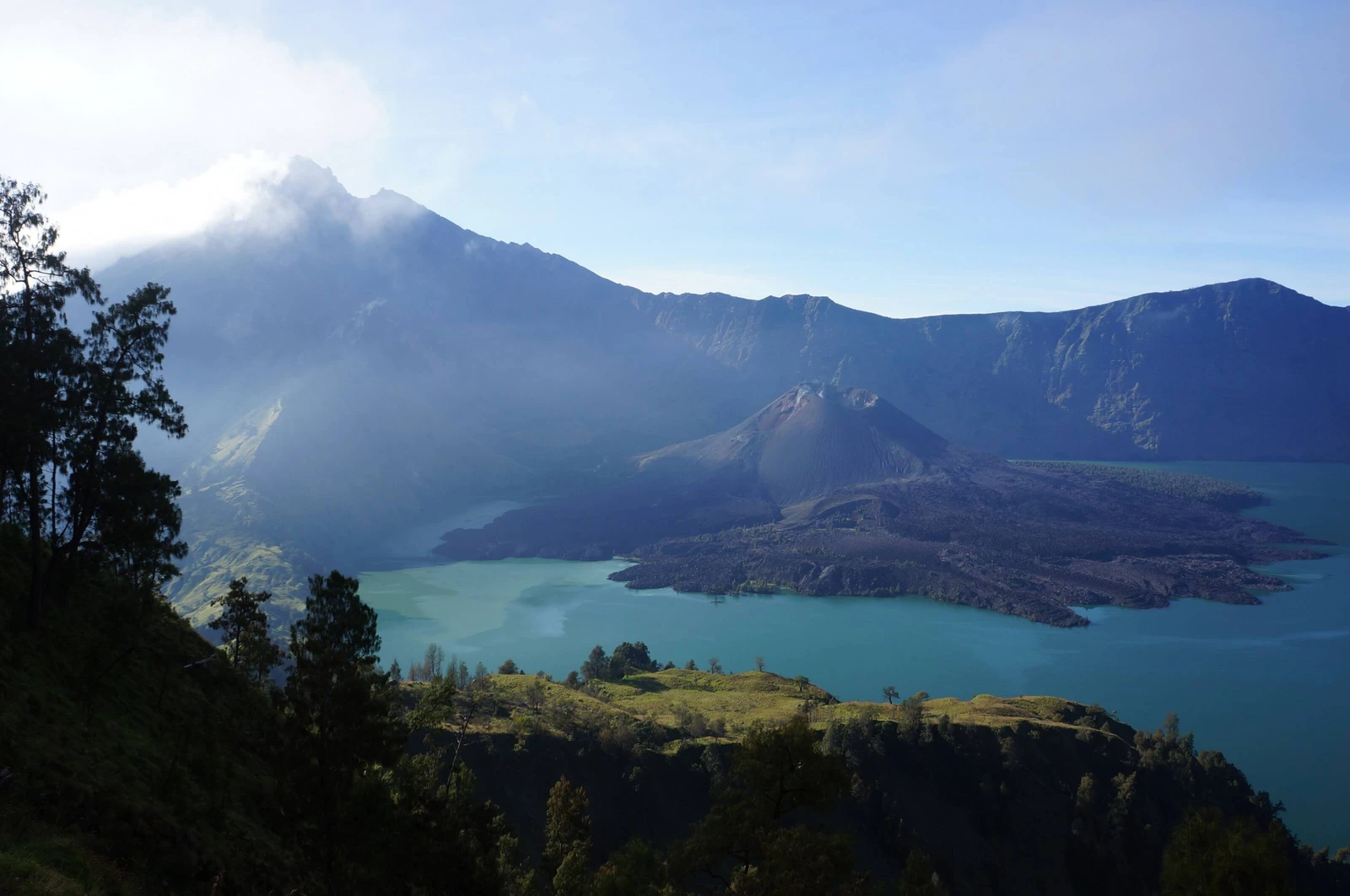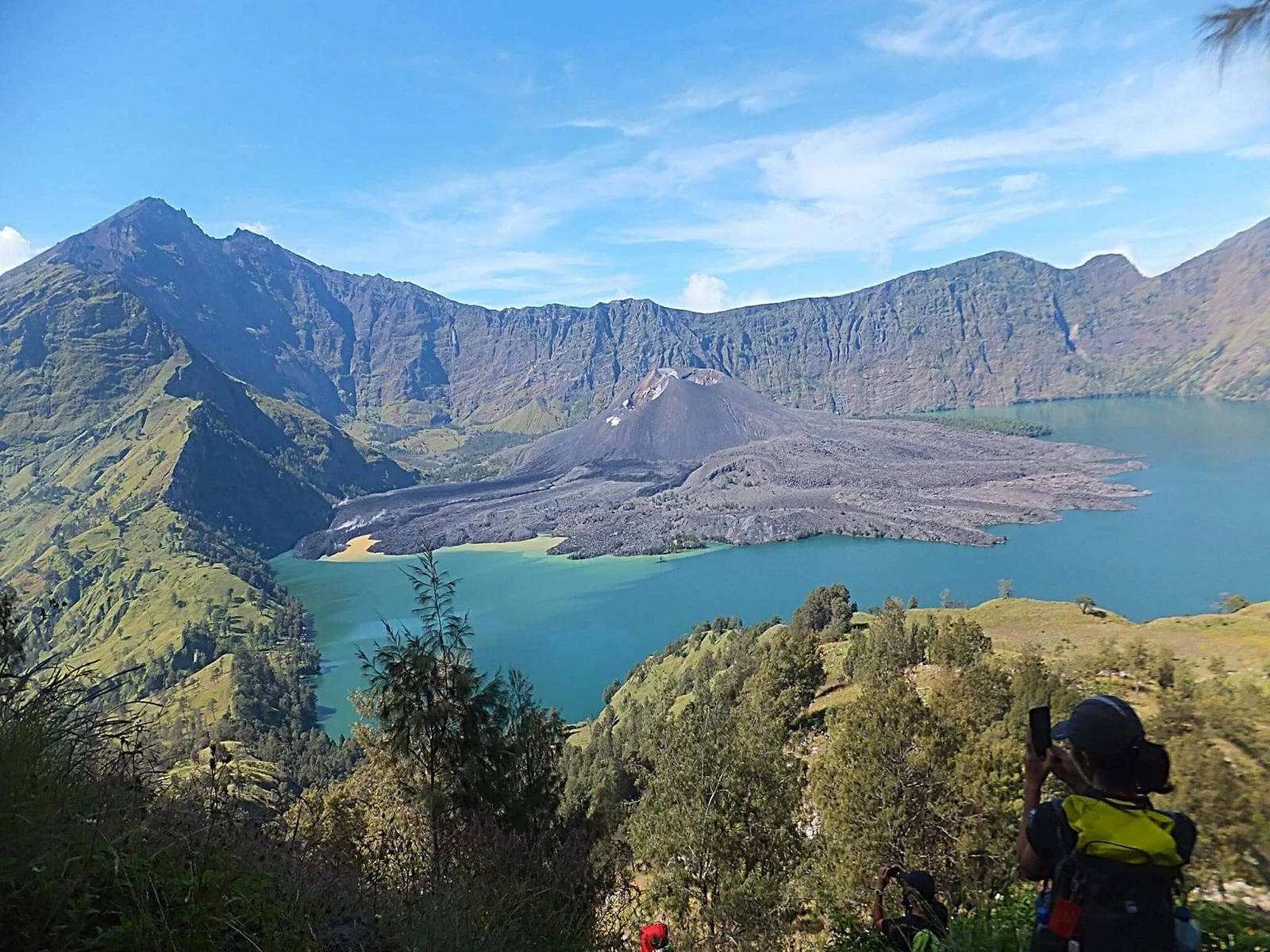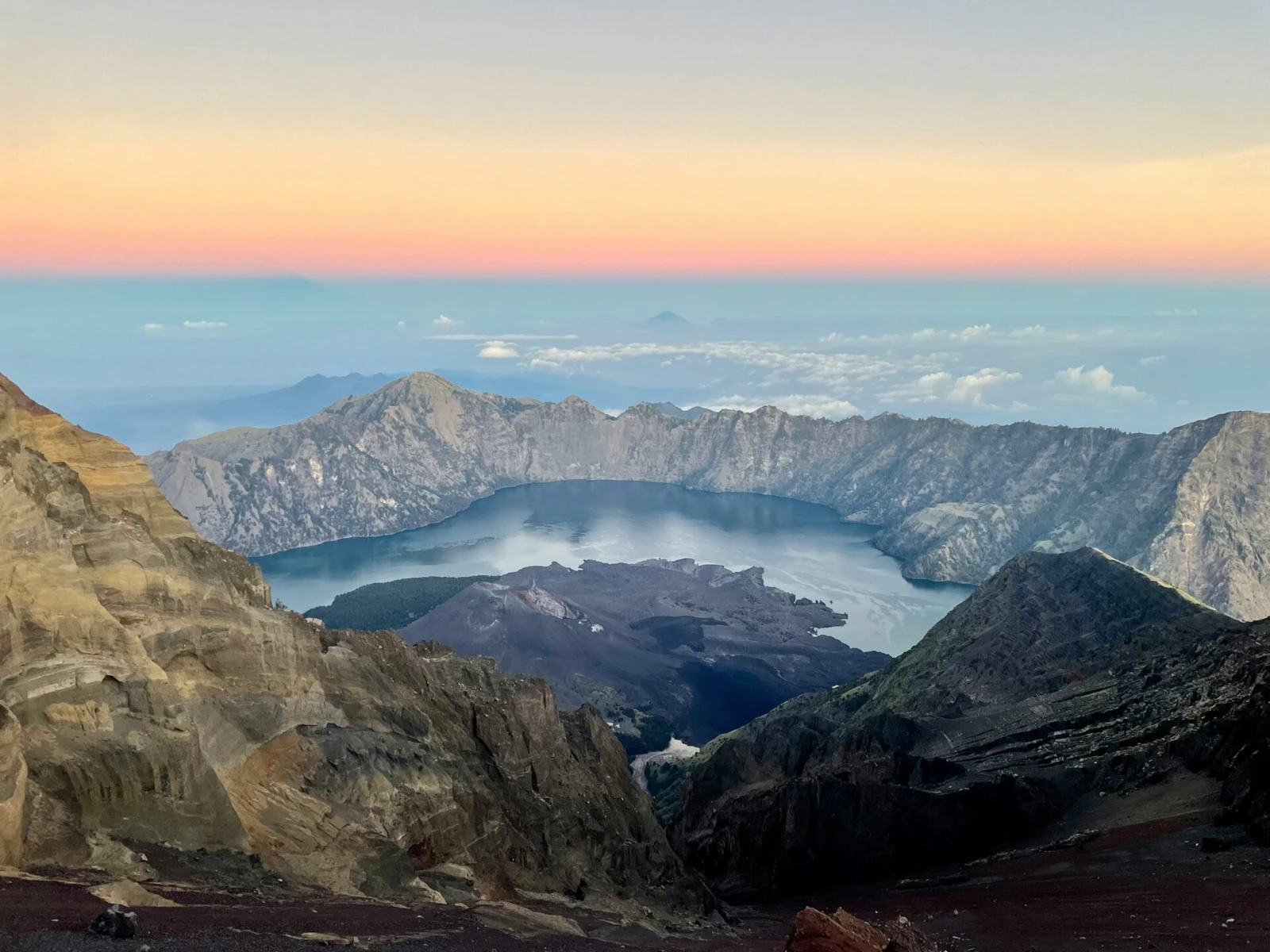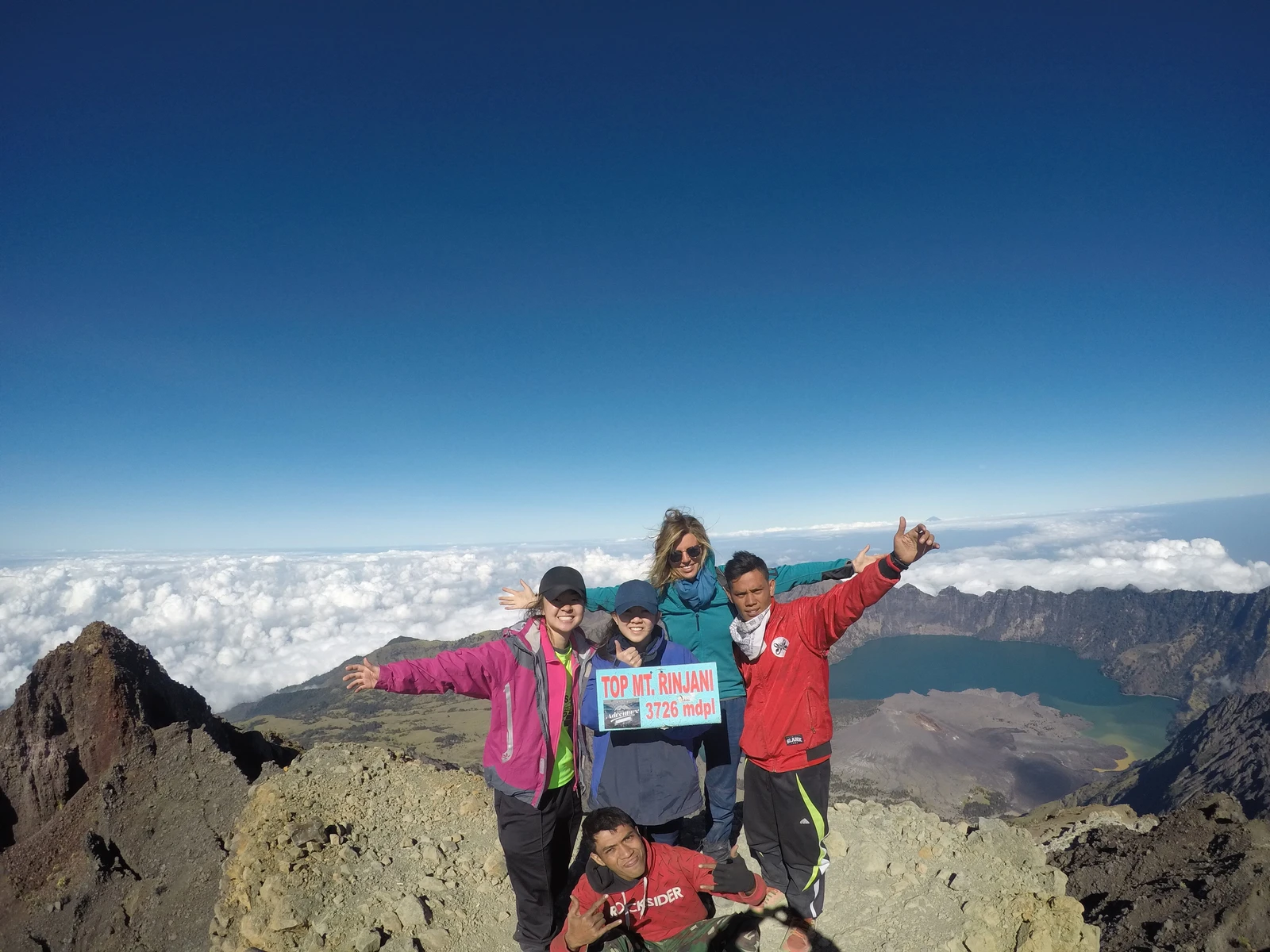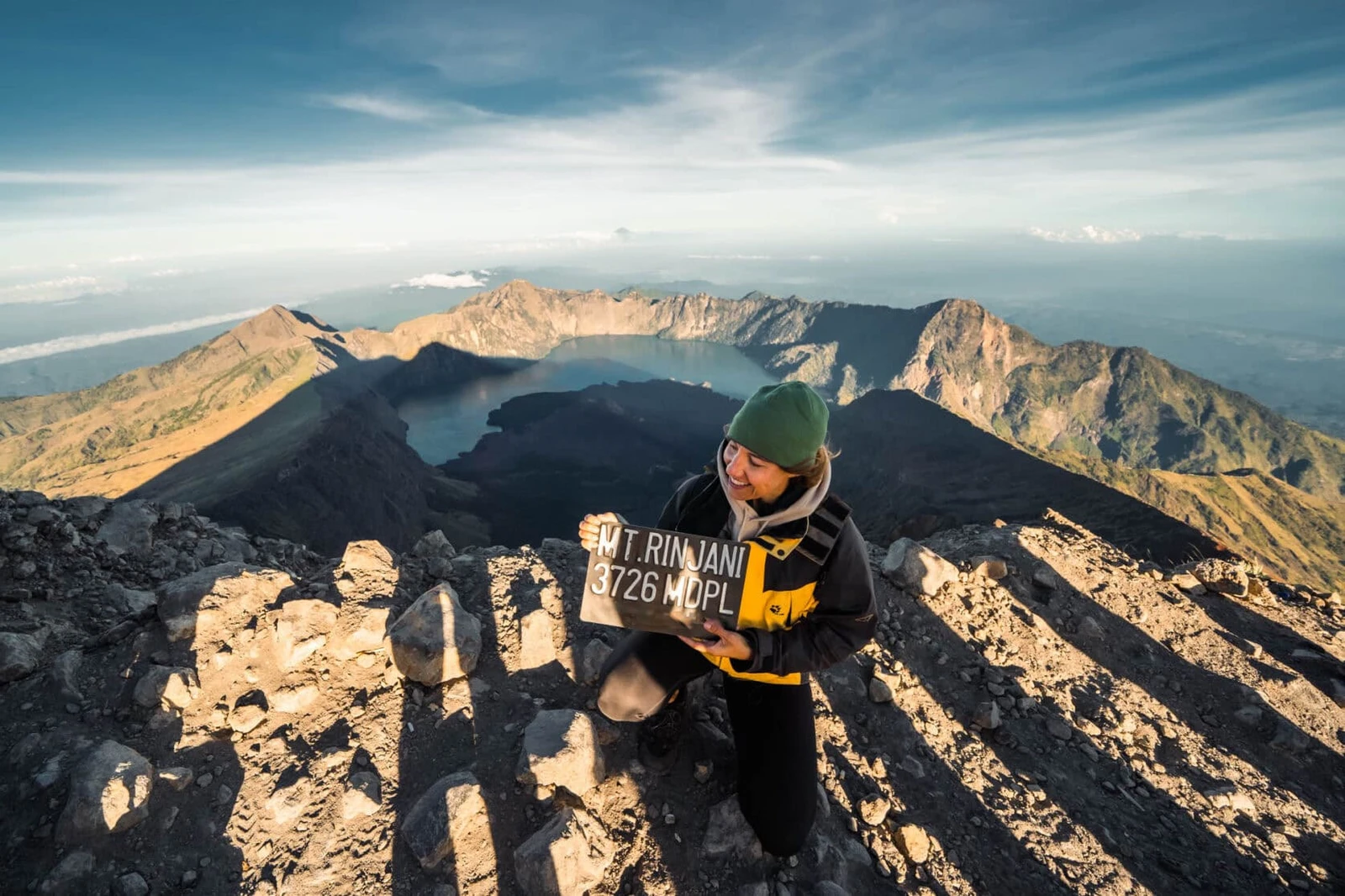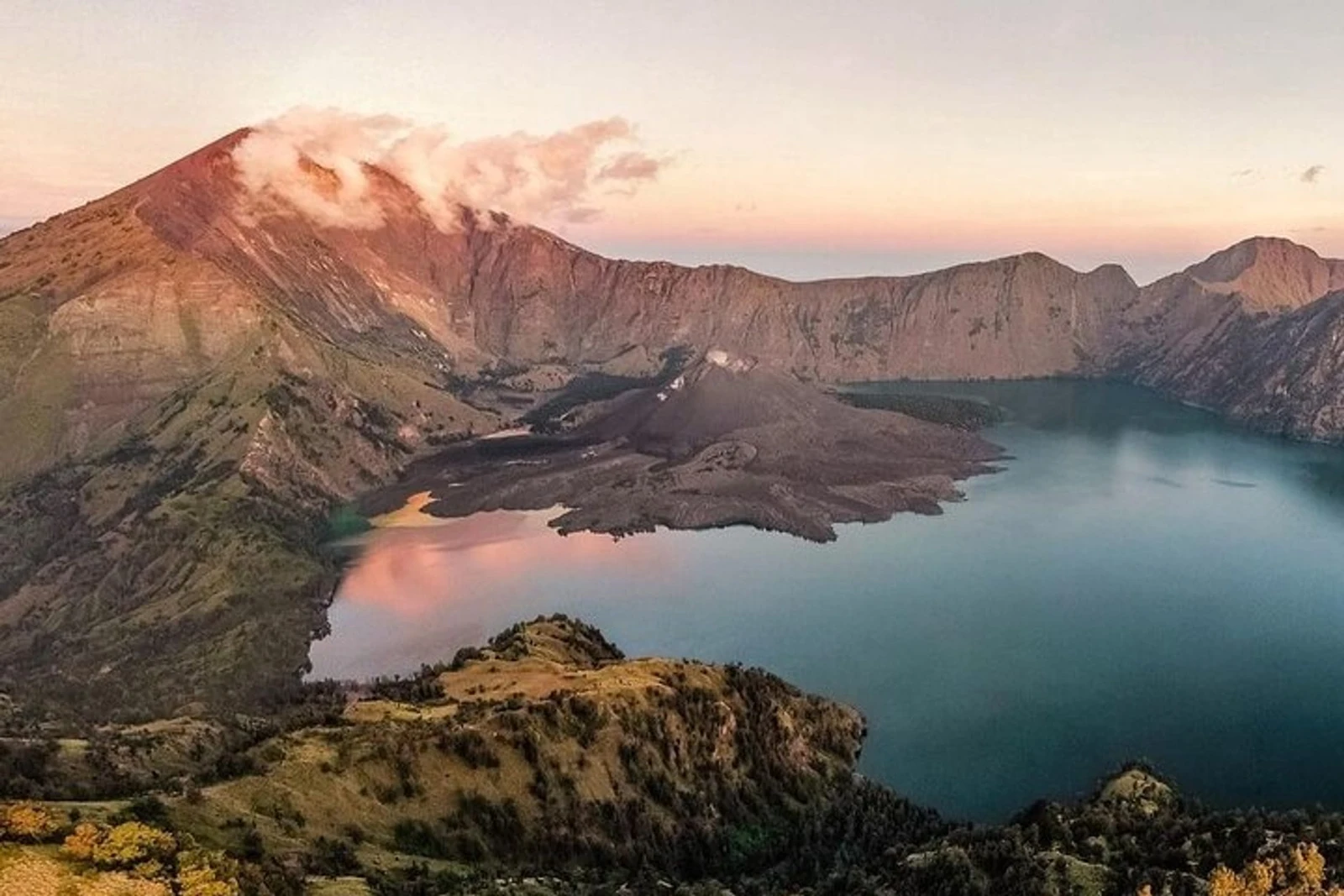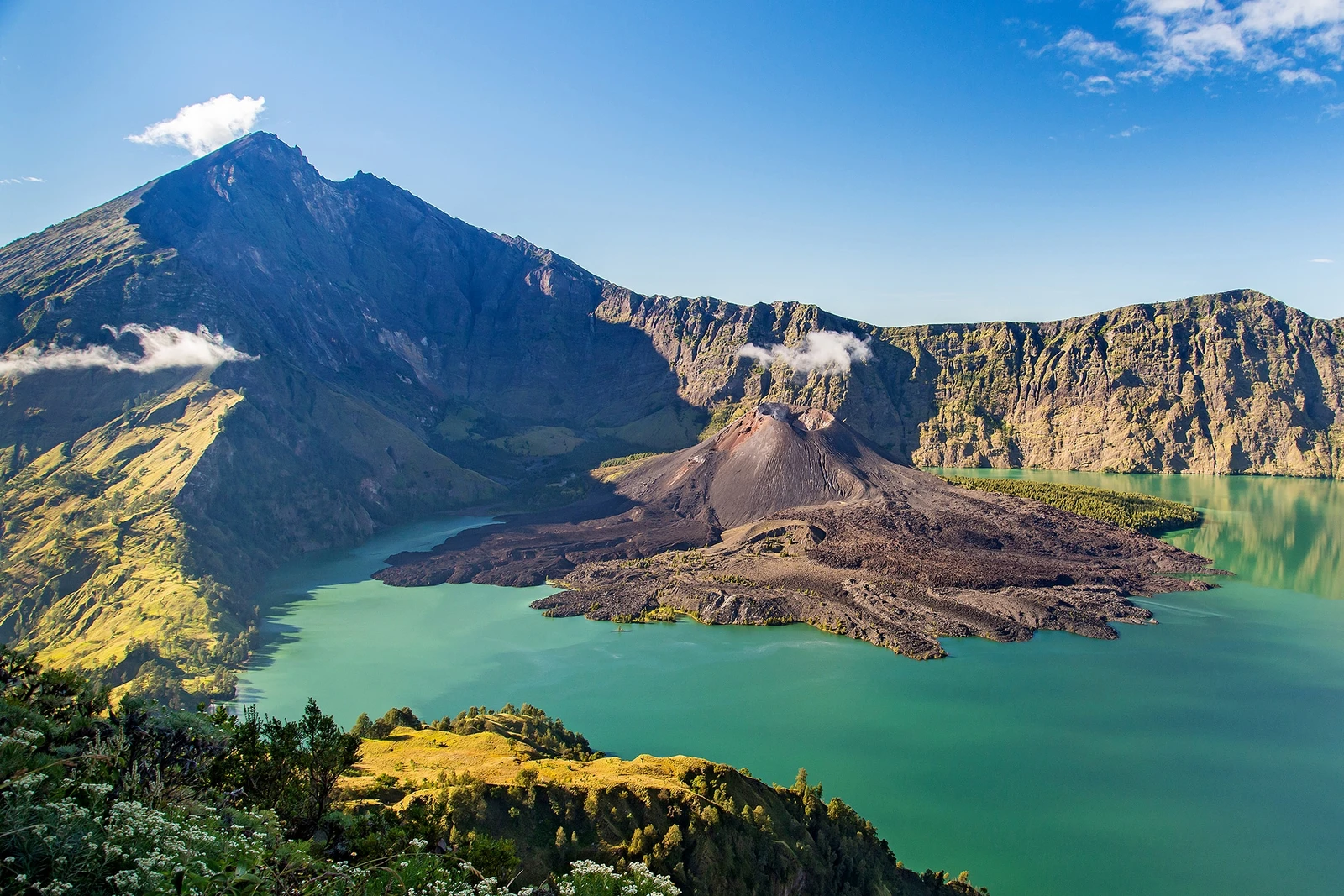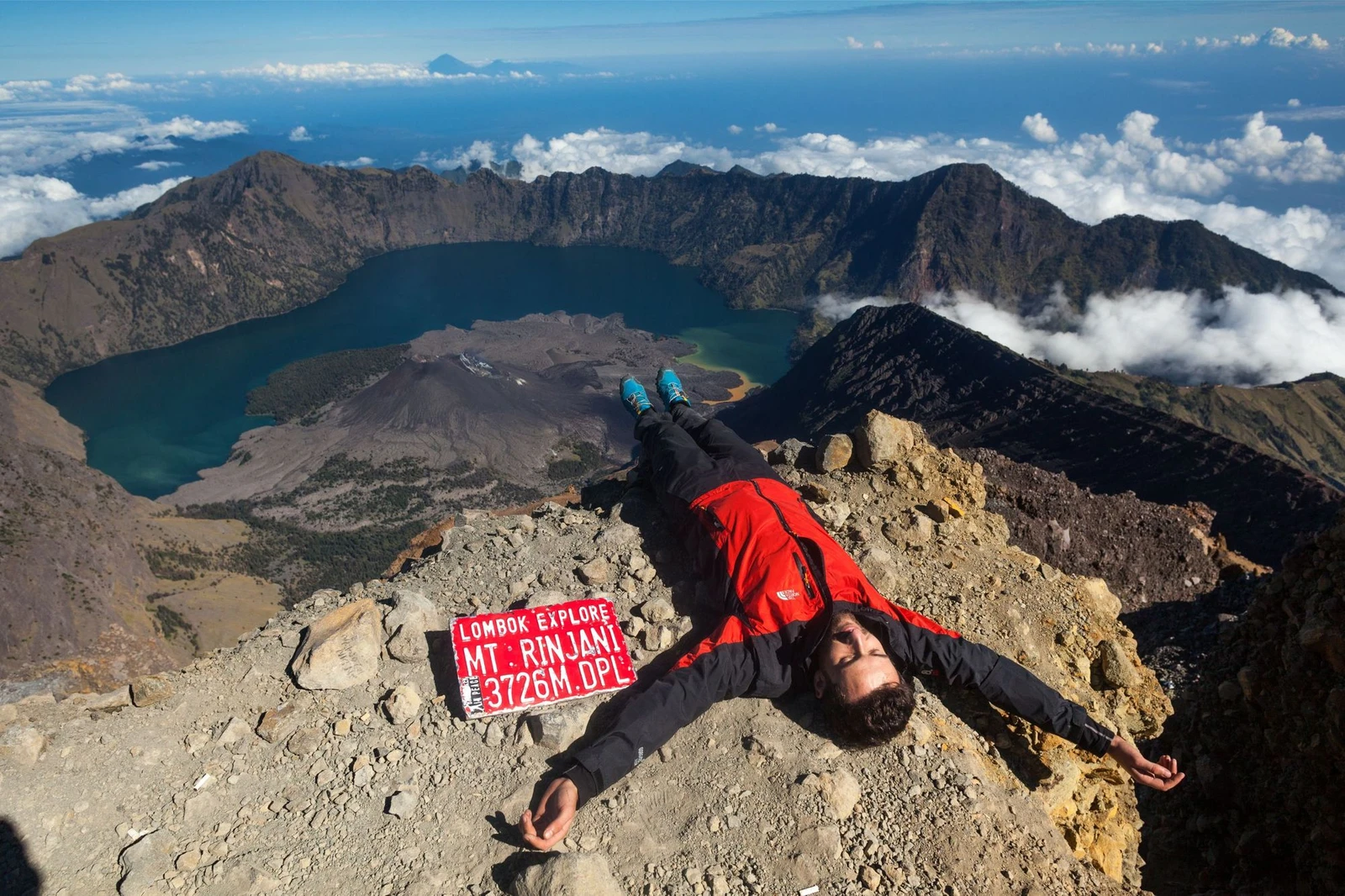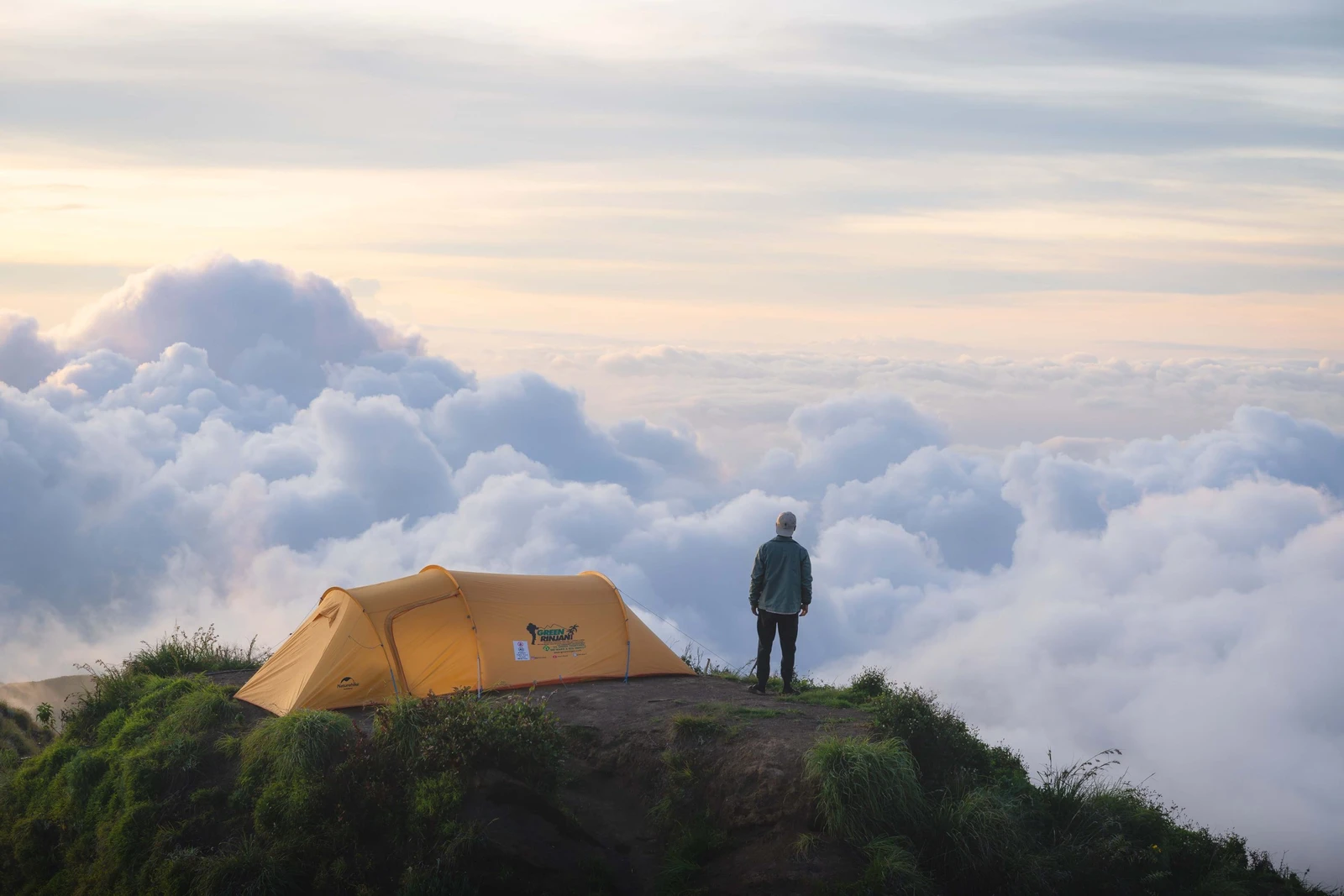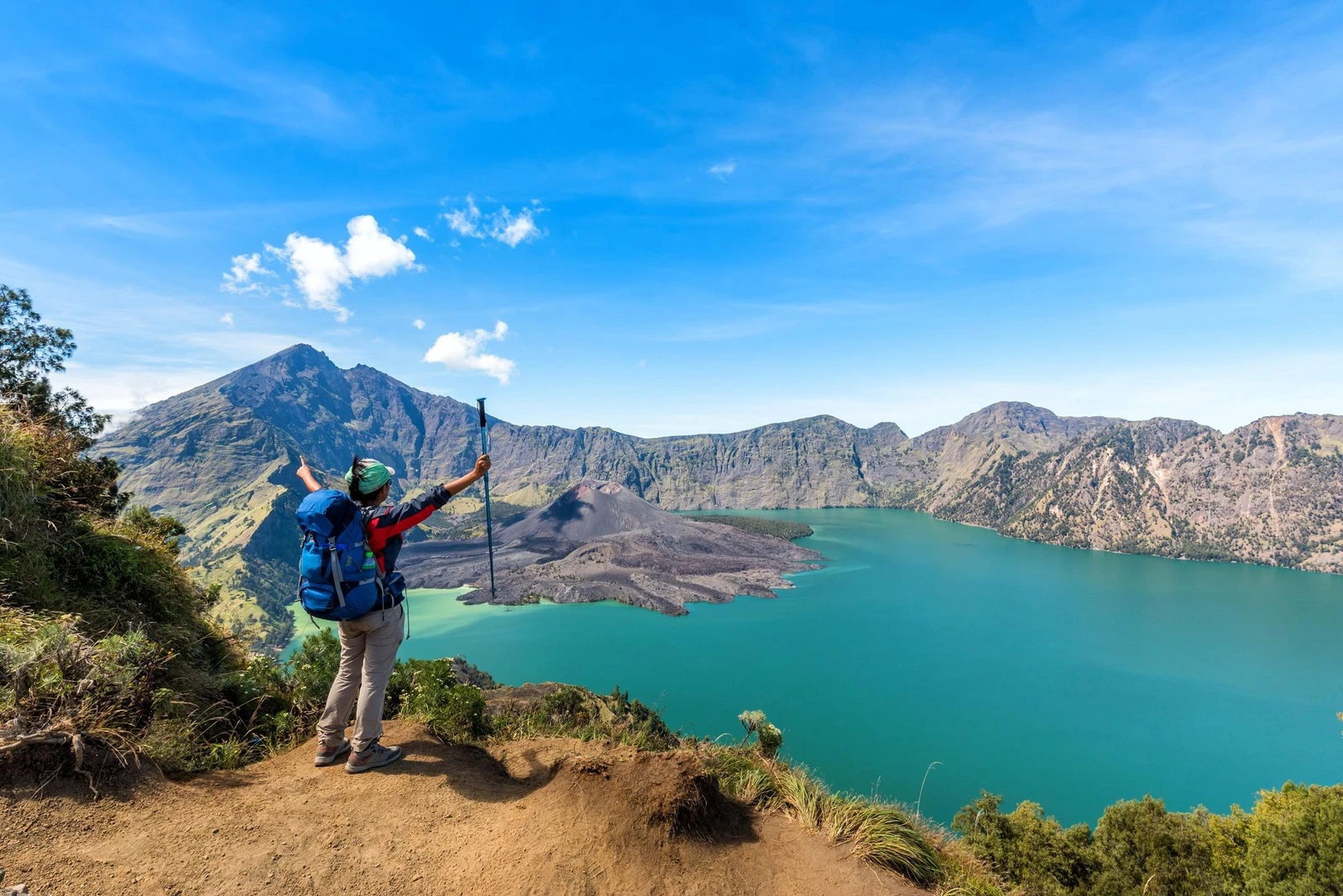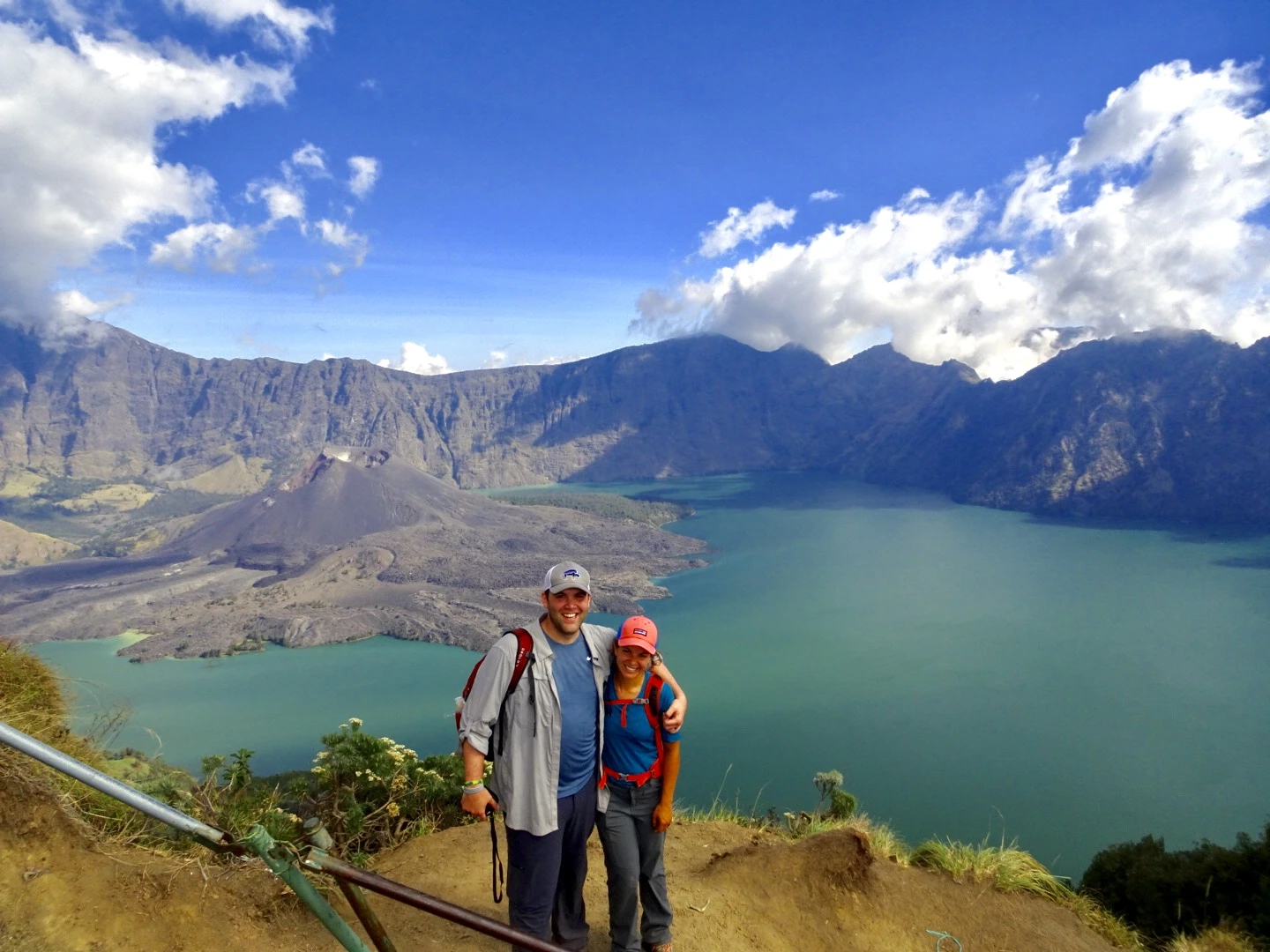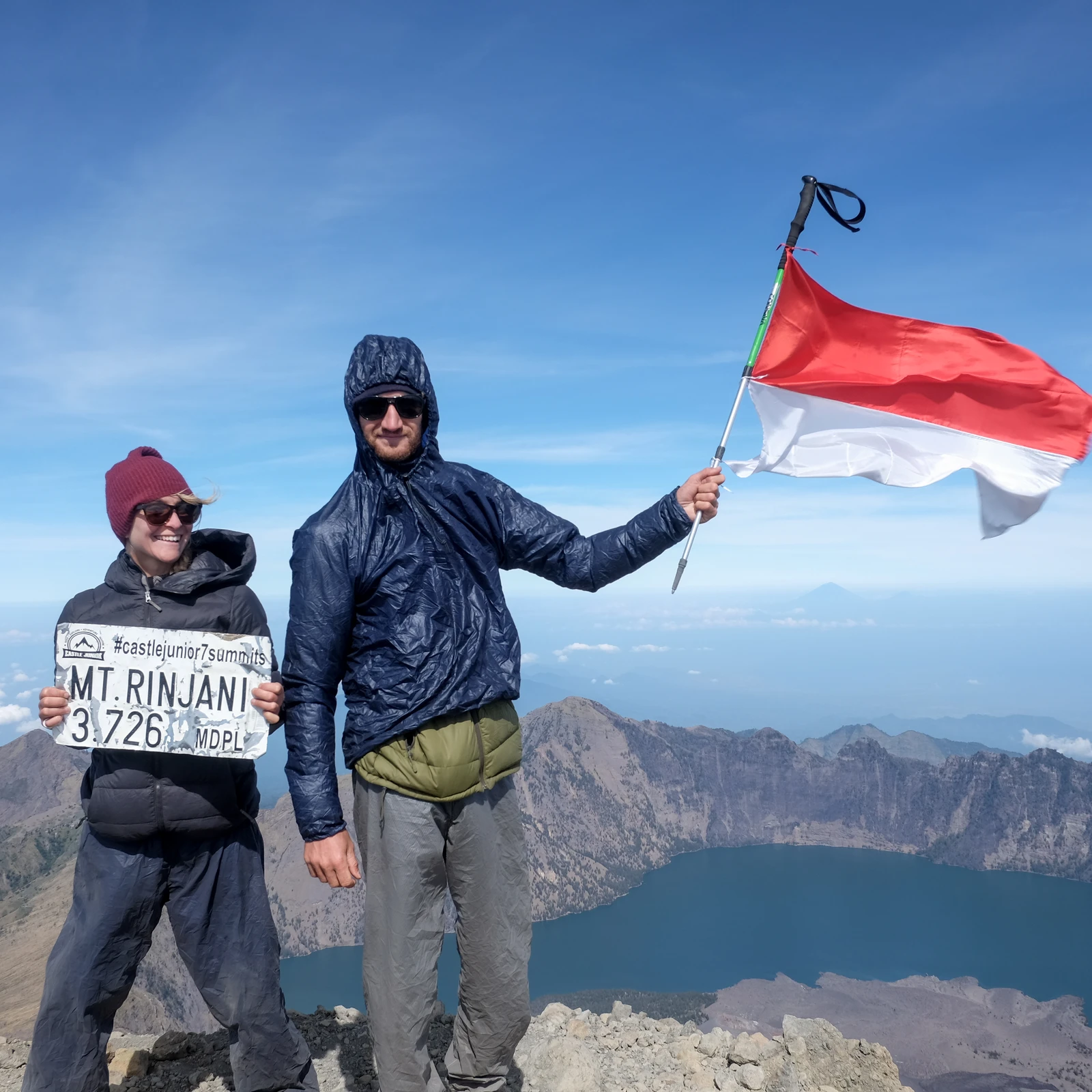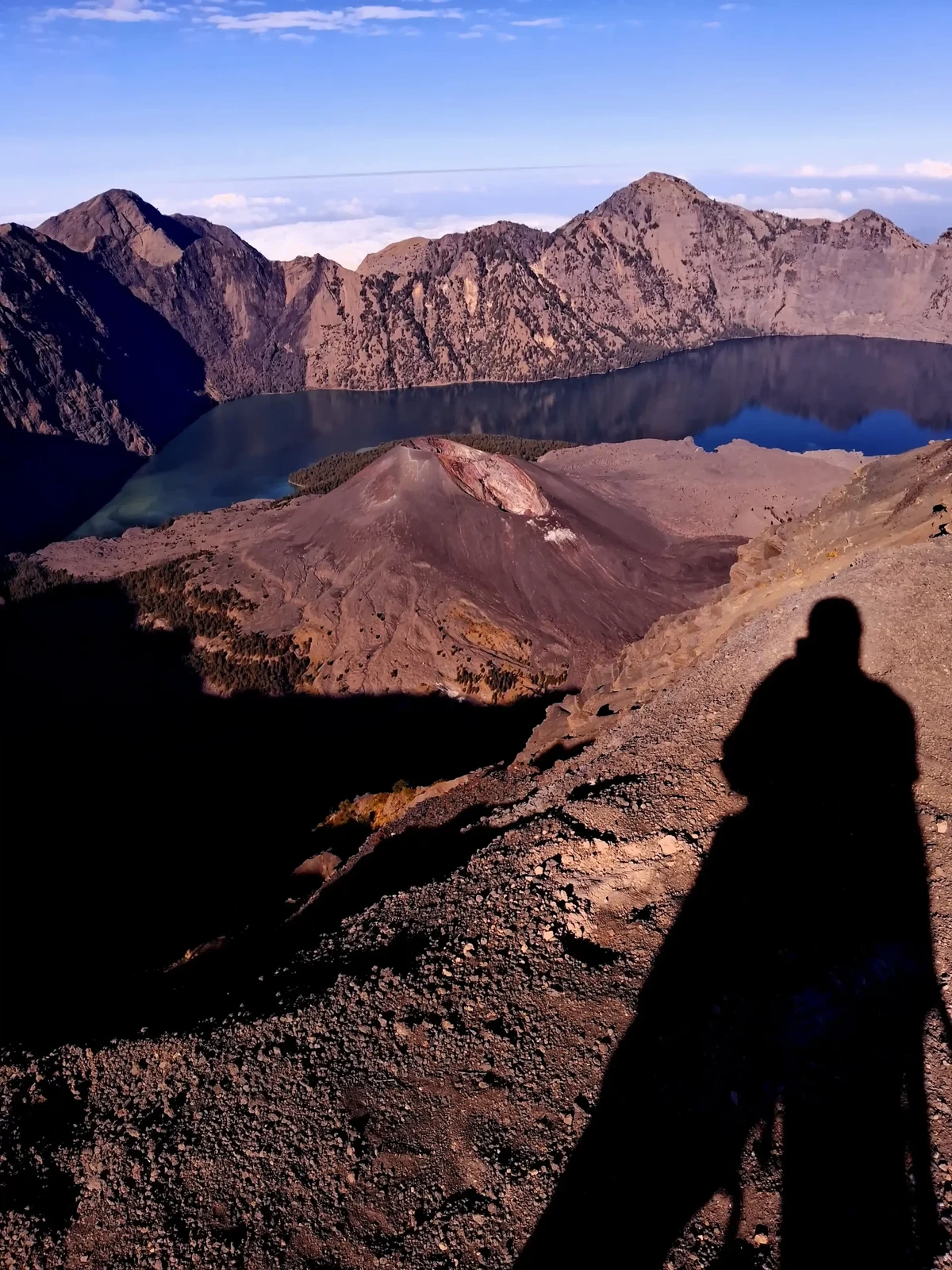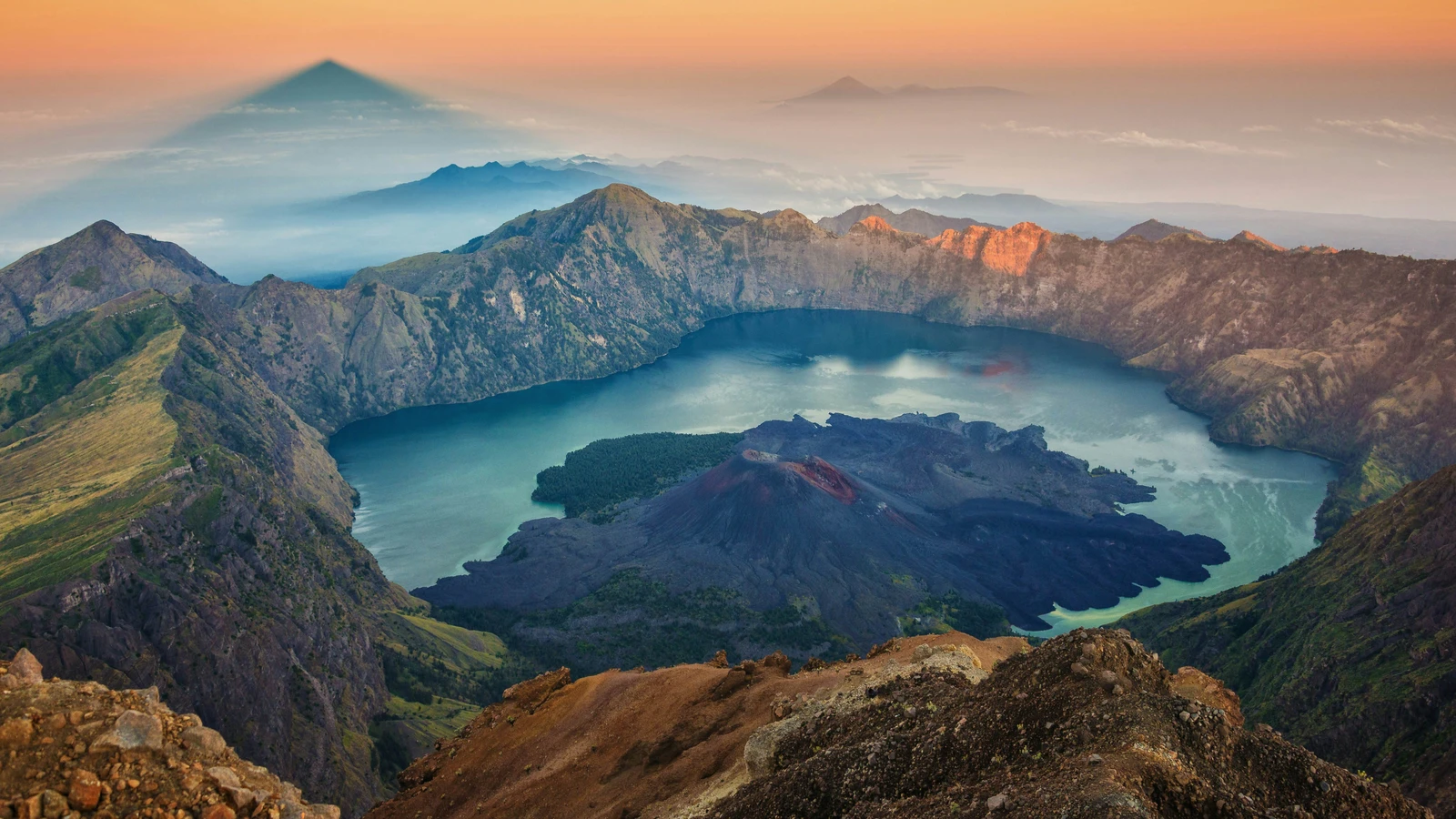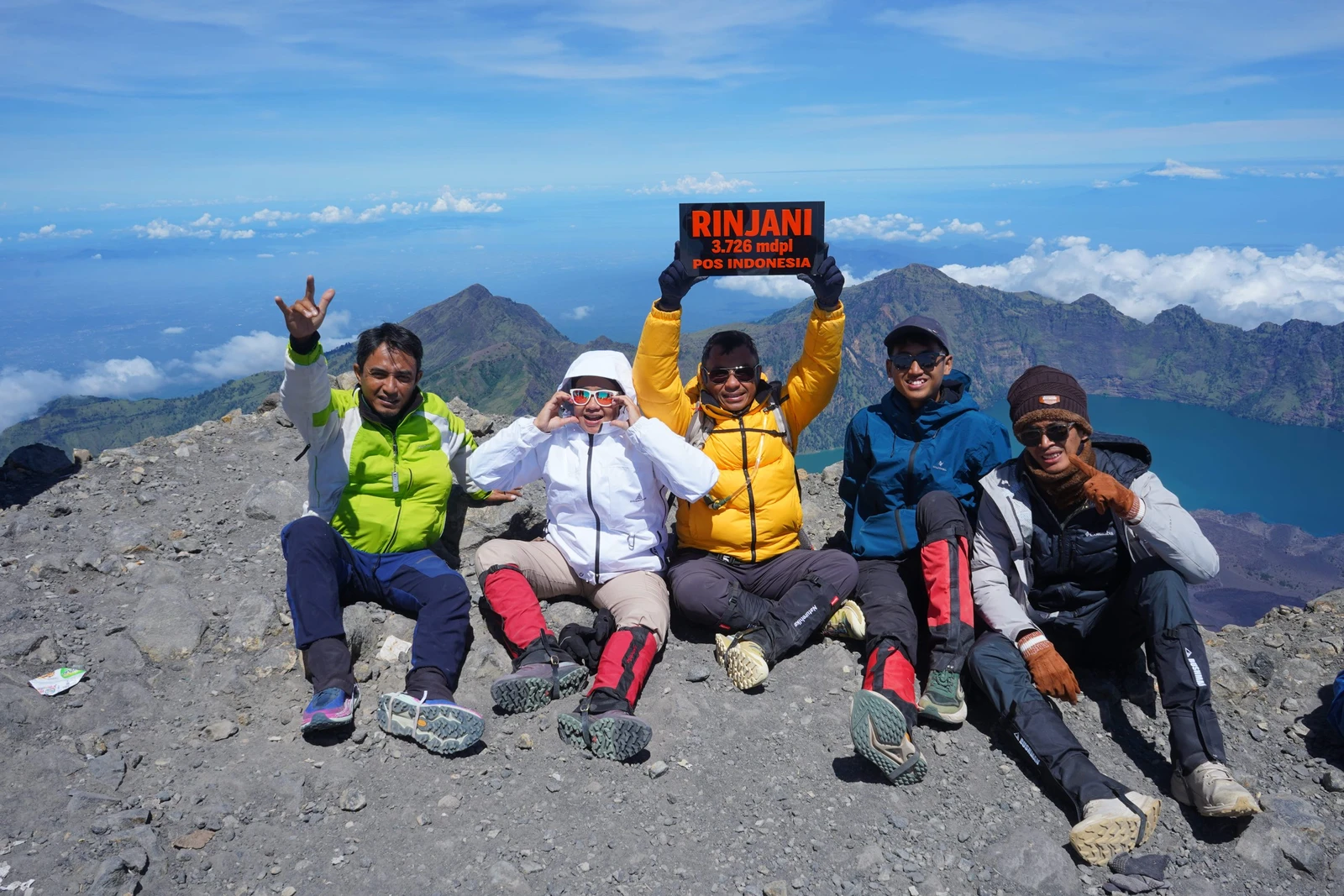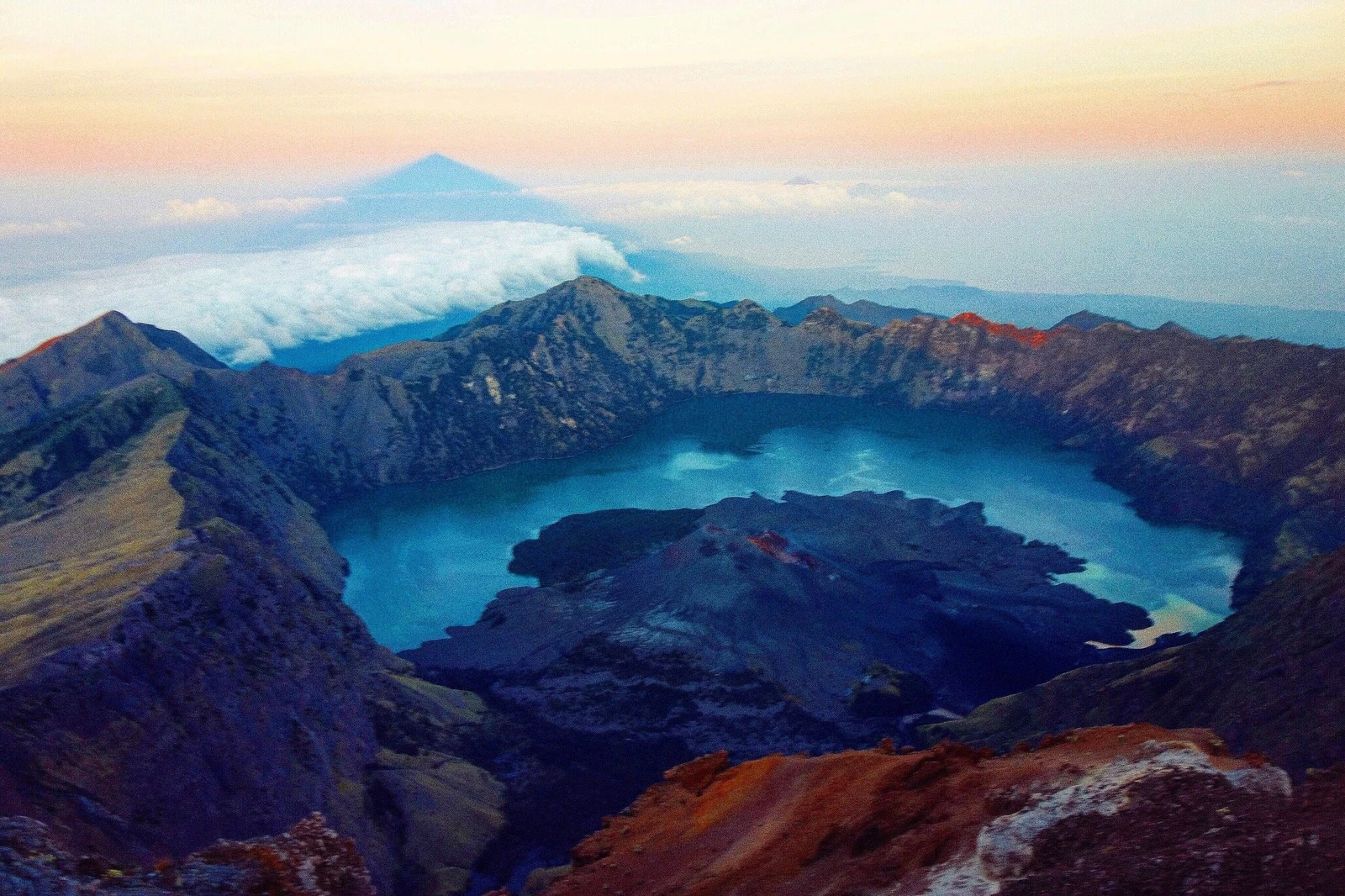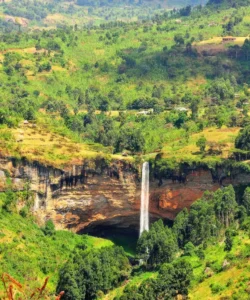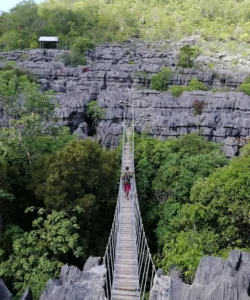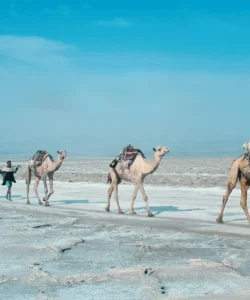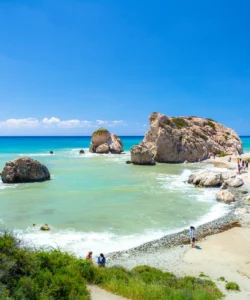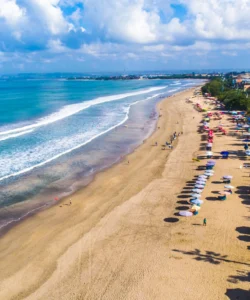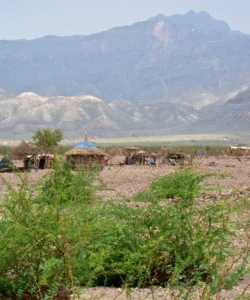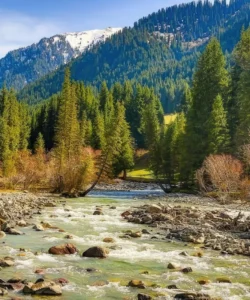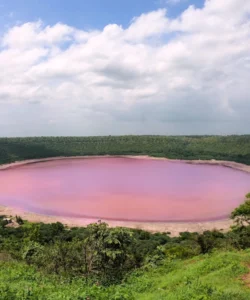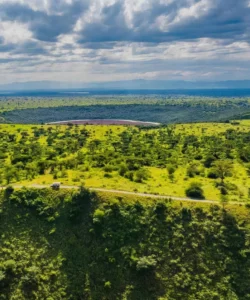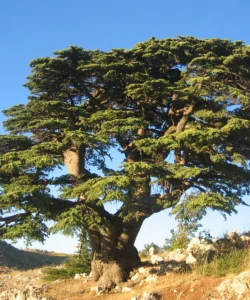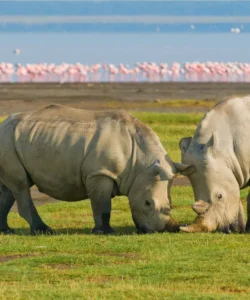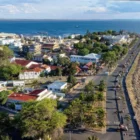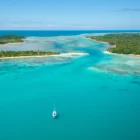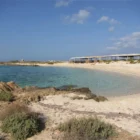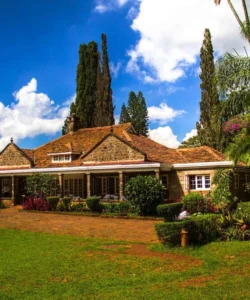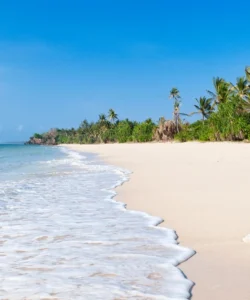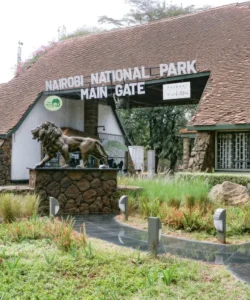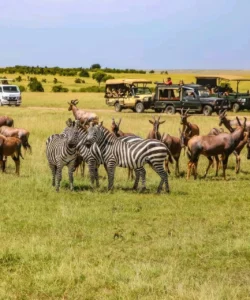Mount Rinjani is a majestic active stratovolcano located on the island of Lombok, West Nusa Tenggara, Indonesia. As the second-highest volcano in Indonesia, it’s a challenging but incredibly rewarding trekking destination, famous for its dramatic summit views, stunning caldera lake, and unique cultural significance.
Listen to an introduction about Mount Rinjani

Name: Mount Rinjani (Sasak: Gunung Rinjani)
Address: Mount Rinjani National Park, North Lombok Regency, West Nusa Tenggara Province, Indonesia.
The mountain dominates the landscape of Lombok and is located within the Gunung Rinjani National Park. The main trekking gates are in the villages of Senaru (North Lombok) and Sembalun (East Lombok).
How to Get There:
Reaching Mount Rinjani requires travel to Lombok, followed by a journey to the base villages.
- By Air to Lombok (LOP): The most convenient way is to fly into Lombok International Airport (LOP). There are direct flights from major Indonesian cities like Jakarta and Bali, as well as international direct flights from Kuala Lumpur and Singapore.
- From Bali to Lombok: If you’re coming from Bali, you have a few options:
- Fast Boat: Numerous fast boat companies operate between Bali (e.g., Padang Bai, Serangan) and Lombok (e.g., Bangsal Harbor, Teluk Kodek). The journey typically takes 2-3 hours.
- Public Ferry: A more budget-friendly but slower option, public ferries operate 24/7 between Padang Bai (Bali) and Lembar (Lombok), taking about 4-5 hours.
- From Lombok Airport/Harbors to Senaru or Sembalun:
- Pre-booked Trekking Package Transfer (Recommended): Most Rinjani trekking packages include pick-up from Lombok Airport or any harbor/hotel in Lombok and transfer to your accommodation in Senaru or Sembalun (the starting villages for treks). This is the most hassle-free option.
- Private Taxi/Car: You can hire a private taxi directly from the airport or harbor to your chosen trekking village.
- Local Minibus/Bus: For budget travelers, public transport options are available but will involve multiple transfers and can be slow.
- Trekking Access: Once in Senaru or Sembalun, you will begin your trek. All treks must be done with a registered guide and porters through an official trekking organizer. Permits are required and managed by the National Park. The park has strict rules regarding access for safety and environmental protection.
Landscape and Architecture:
Mount Rinjani’s landscape is a dramatic testament to volcanic power, combining towering peaks, a stunning crater lake, and diverse ecological zones. Its “architecture” is almost entirely natural, sculpted by millions of years of geological activity.
- Active Stratovolcano: Rinjani is an active stratovolcano, rising to an impressive 3,726 meters (12,224 ft), making it the second-highest volcano in Indonesia. Its summit is a challenging climb, often undertaken in the dark to catch the sunrise.
- Caldera and Segara Anak Lake: One of Rinjani’s most iconic features is its vast 6×8.5-kilometer caldera at the summit. Within this caldera lies the breathtaking Segara Anak (Child of the Sea) Lake, a stunning crescent-shaped crater lake located at an altitude of approximately 2,000 meters. The lake’s clear blue-green waters contrast beautifully with the surrounding volcanic landscape.
- Gunung Barujari (New Mountain): Emerging from the eastern end of Segara Anak Lake is Gunung Barujari (or Gunung Baru), a smaller, still active volcanic cone that frequently erupts within the caldera. Its presence adds to the dynamic and active nature of the Rinjani experience.
- Hot Springs (Aik Kalak): Near Segara Anak Lake, natural hot springs (Aik Kalak) bubble up, providing a welcome opportunity for trekkers to soothe their tired muscles in mineral-rich waters.
- Diverse Ecosystems: The slopes of Rinjani boast a wide range of vegetation zones due to its altitude:
- Dense Tropical Rainforest: At lower elevations (especially on the Senaru route), characterized by lush, primary rainforest with diverse flora and fauna.
- Savanna Grasslands: Higher up (especially on the Sembalun route), the landscape opens into extensive savanna, often golden-brown in the dry season.
- Sub-Alpine Vegetation: Closer to the summit, vegetation becomes sparse, with hardy plants adapted to the colder, harsher conditions. The famous Edelweiss flower (Anaphalis javanica, known locally as “Bunga Abadi” or everlasting flower) can be found here.
- Dramatic Ridges and Valleys: The trekking trails often follow steep ridges and cross deep valleys, offering continuous panoramic views of the caldera, the lake, and the surrounding Lombok landscape, even glimpses of Bali’s Mount Agung and Sumbawa on clear days.
- Basic Mountain Huts/Campsites: While no permanent “architecture” in terms of buildings exists on the trails, designated campsites (e.g., Sembalun Crater Rim, Senaru Crater Rim, Segara Anak) provide flat areas for tents, often with basic toilet facilities, crucial for multi-day treks.
What Makes It Famous:
- World-Class Trekking Destination: Mount Rinjani is consistently ranked as one of the best and most challenging multi-day treks in Southeast Asia and the world. It attracts serious trekkers and adventurers seeking a physical and mental challenge.
- Spectacular Summit Sunrise: The arduous pre-dawn climb to the summit (3,726m) is undertaken to witness an unforgettable sunrise that illuminates the entire caldera, Segara Anak Lake, and the vast landscapes of Lombok and beyond.
- Stunning Crater Lake (Segara Anak): The beautiful crescent-shaped Segara Anak Lake, with the active Gunung Barujari cone rising from its waters, is a truly iconic and picturesque sight, a highlight of the trek.
- Spiritual Significance: Rinjani holds deep spiritual importance for the local Sasak people of Lombok and Balinese Hindus, who consider the mountain and Segara Anak Lake sacred. Pilgrimages are made, and ceremonies are performed with offerings to the mountain spirits.
- Diverse Landscapes in One Trek: The trek traverses through a remarkable variety of landscapes, from lush rainforest to vast savannas and barren volcanic rock, offering constantly changing scenery.
- Hot Springs: The presence of natural hot springs within the caldera offers a unique opportunity for trekkers to relax and recover after a strenuous climb.
- UNESCO Global Geopark: Rinjani’s caldera and surrounding area have been designated a UNESCO Global Geopark, recognizing its geological heritage and the unique interaction between geology, culture, and biodiversity.
Differences from Some Other Wonders:
- Challenging Multi-Day Trekking Focus: Unlike Borobudur or Prambanan (which are ancient temple complexes with easier access), or urban wonders like Orchard Road, Rinjani’s fame is almost entirely built around its multi-day, physically demanding trekking experience to an active volcano summit and caldera.
- Active Volcano with “Nested” Features: While Mount Bromo also features an active volcano within a caldera, Rinjani’s uniqueness lies in its vast crater containing a large lake (Segara Anak) and another active volcanic cone (Gunung Barujari) rising from that lake. This “nested” volcanic landscape is particularly dramatic.
- Sacred Lake within a Caldera: The combination of a large, stunning crater lake (Segara Anak) that is both a natural wonder and a highly sacred site for pilgrimage and rituals is a distinct feature.
- Raw Wilderness Trekking: While there are designated trails and campsites, the Rinjani trek is a true wilderness experience, requiring trekkers to be self-sufficient or rely on porters and guides for camping. It lacks the developed infrastructure and creature comforts of a themed park (Legoland, Sunway Lagoon) or urban areas.
- Seasonal Closures: Due to safety concerns (volcanic activity, weather, trail conditions), Rinjani National Park often experiences seasonal closures (typically during the peak rainy season, e.g., November to March), which is common for active volcanoes but contrasts with year-round tourist destinations.
- Cultural Connection to Ancestral Land: The deep spiritual ties of the Sasak and Balinese people to Rinjani, viewing it as the abode of gods, adds a profound cultural layer to the natural experience that is very specific to this region.
